Dreadlocks, also known as locs or dreads, are more than just a hairstyle; for millennia, people worldwide have embraced them as a symbol of cultural identity and personal expression. Despite the common belief that dreadlocks are permanent, many people are surprised to learn that they may be untangled with patience and care. Can you unravel dreadlocks? This article explores the viability of this process, the techniques required, and the factors to be considered before starting the untangling of dreadlocks.
Understanding Dreadlocks
Dreadlocks, formed by matting or braiding hair, are rope-like clumps of hair. Creating dreadlocks varies with techniques like twist and rip, backcombing, and freeform methods. They are a type of locs wigs. Each technique contributes to the unique appearance and texture of the locs. The maturation process of dreadlocks is gradual, with hair tangling and interlocking over time to form a solid mass.

The Possibility of Unraveling
Opinions on the matter of whether dreadlocks can be untangled differ. But it is feasible, particularly if the locs are well-maintained or relatively young. The age of the dreadlocks, the technique used to make them, and the texture and condition of the hair all affect how likely they are to unravel. Older, more mature locs are more difficult to disentangle because they have years of compacted hair and tighter knots.
You May Also Like: How do you keep faux locs from frizzing >>
Methods of Unraveling Dreadlocks
Unraveling dreadlocks is a meticulous process that requires patience and gentle handling to avoid excessive damage to the hair. Here is a comprehensive guide to the methods used to unravel dreadlock braid wigs.
Wetting and Washing
Preparation: Initiate the unraveling process by soaking the locs in warm water. This fundamental step softens the hair, paving the way for easier detangling.
Shampooing: Employ a generous amount of clarifying, residue-free shampoo to cleanse the locs, targeting dirt and product accumulation, which can hinder the unraveling process.
Conditioning: Use a slippery conditioner to ease the hair's separation. Allow the conditioner to soak into the locs for an extended period, occasionally adding more to keep them saturated.
Use of Conditioners and Oils
Application: Generously coat each dreadlock with natural oils or a detangling conditioner. These lubricants soften and protect the hair's integrity during the unraveling.
Working Through the Locs: Begin at the tips, carefully working upwards with fingers or a comb. This systematic approach helps undo the locs while minimizing stress on the hair.

Tools for Detangling
Utilize specific tools, such as a fine-toothed comb or a dreadlock pick, to assist with teasing out the knots. These tools should be used gently to prevent hair breakage, starting at the end of each locs and moving slowly toward the root.
A Step-by-Step Guide to Unraveling
Concentrate on a single dreadlock at a time, carefully putting on conditioner or organic oils to keep the strands lubricated. To remove every knot and tangle, use a combination of tactful fingerwork and specialized instruments like picks or combs. Moving slowly and giving yourself plenty of time for rest is imperative to avoid excessive stress on the hair and scalp. The secret to successfully unraveling each loc without compromising the integrity of the hair is to go slow and thoughtfully.
You May Also Like: How to make two cornrow braids >>
Considerations Before Unraveling
Before attempting to unravel your dreadlocks, consider the following:
Time and Patience: Starting the process of untangling dreadlocks requires a significant amount of time, as the length and density of the knots can vary greatly, and the process may take several hours or days.
Potential damage: Understand that your hair may sustain harm during the unwinding process, particularly if it has been locked for an extended time. Breakage and weakening may result from changes to the texture and strength of the hair during the procedure.
Cutting vs. Unraveling: Take a careful look at your dreadlock braid wig. Suppose they are fully developed, or the hair appears weak. In that case, cutting the hair may be more practical and less harmful than trying to unravel it.

Aftercare Post-Unraveling
Hair Treatments: Post-unraveling, your hair will necessitate considerable nurturing. Initiating a deep conditioning regimen can reintroduce essential moisture. At the same time, protein treatments may be indispensable in reinforcing hair that has undergone significant stress.
Trimming: After unraveling, trimming the hair to eradicate split ends is often imperative, which can help prevent further damage. Trimming also aids in creating a uniform shape and style, easing the transition from locs to loose hair.
Styling Transition: As your hair acclimates to its newfound freedom, it's advisable to adopt styling practices that minimize stress. Favor hairstyles that are low-maintenance and gentle, allowing your hair to recover and regain its vitality gradually.
You May Also Like: What is the best style for locs >>
Alternatives to Unraveling
Trimming Dreadlocks: Trimming your dreadlocks can be a less demanding alternative to unraveling. This method allows for a more manageable adjustment period for your hair and scalp as you slowly reduce the length of your locs over time.
Professional Services: Salons specializing in dreadlock removal services provide a viable option for those seeking expertise in the delicate process. These professionals may use techniques that protect your hair's health while offering a more comfortable experience.
New Hairstyle Transition: For individuals seeking a fresh start, completely cutting off the locs to transition into a new hairstyle can be exhilarating. This option negates the need for unraveling and instantly provides a new look, marking the beginning of a new hair journey.

Conclusion
Unlocking your dreadlocks is a personal decision that has advantages and disadvantages. The complex procedure takes great patience, understanding, and care for one's hair. Ultimately, the journey with dreadlocks is a significant representation of one's culture and individuality, regardless of whether to keep them in place, unravel them, or go to a new style. Returning to losing hair while preserving its health and welcoming a new chapter in your hair's history with the appropriate preparation and maintenance is feasible.At uBraids, we understand the importance of versatility and the freedom to express oneself through hair. Our brand is dedicated to creating high-quality Boho braids and other braided wigs that offer an alternative to natural hair, allowing for style changes without the commitment or potential damage to one's natural locks. As part of the JALIZA Wig Store, uBraids stands out by offering a range of braided wigs, including Boho Braids, crafted to mimic the look of professionally done braids, providing both convenience and protective styling.
Our uBraids collection includes various styles, from box braids to twist braids, all designed to offer a natural and realistic look. The use of human hair in crafting the baby hair and the integration of HD lace ensure that our wigs blend seamlessly with your hairline, creating an undetectable finish. Whether you're looking to transition from dreadlocks, give your natural hair a break, or switch up your look, uBraids offers a solution that prioritizes the health of your hair while keeping you at the forefront of style.

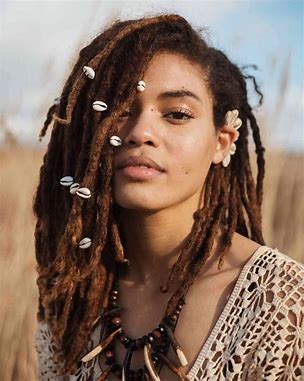

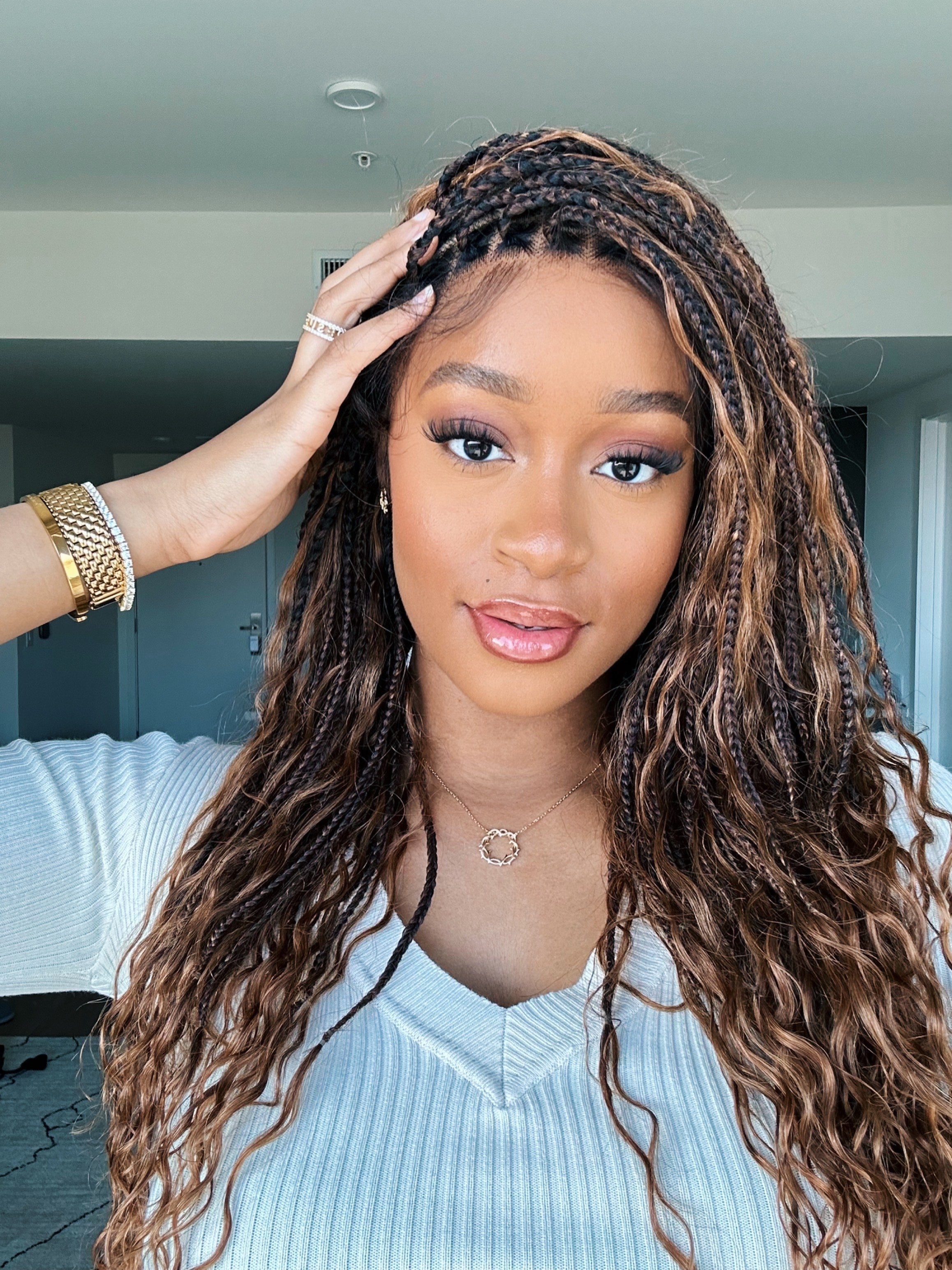

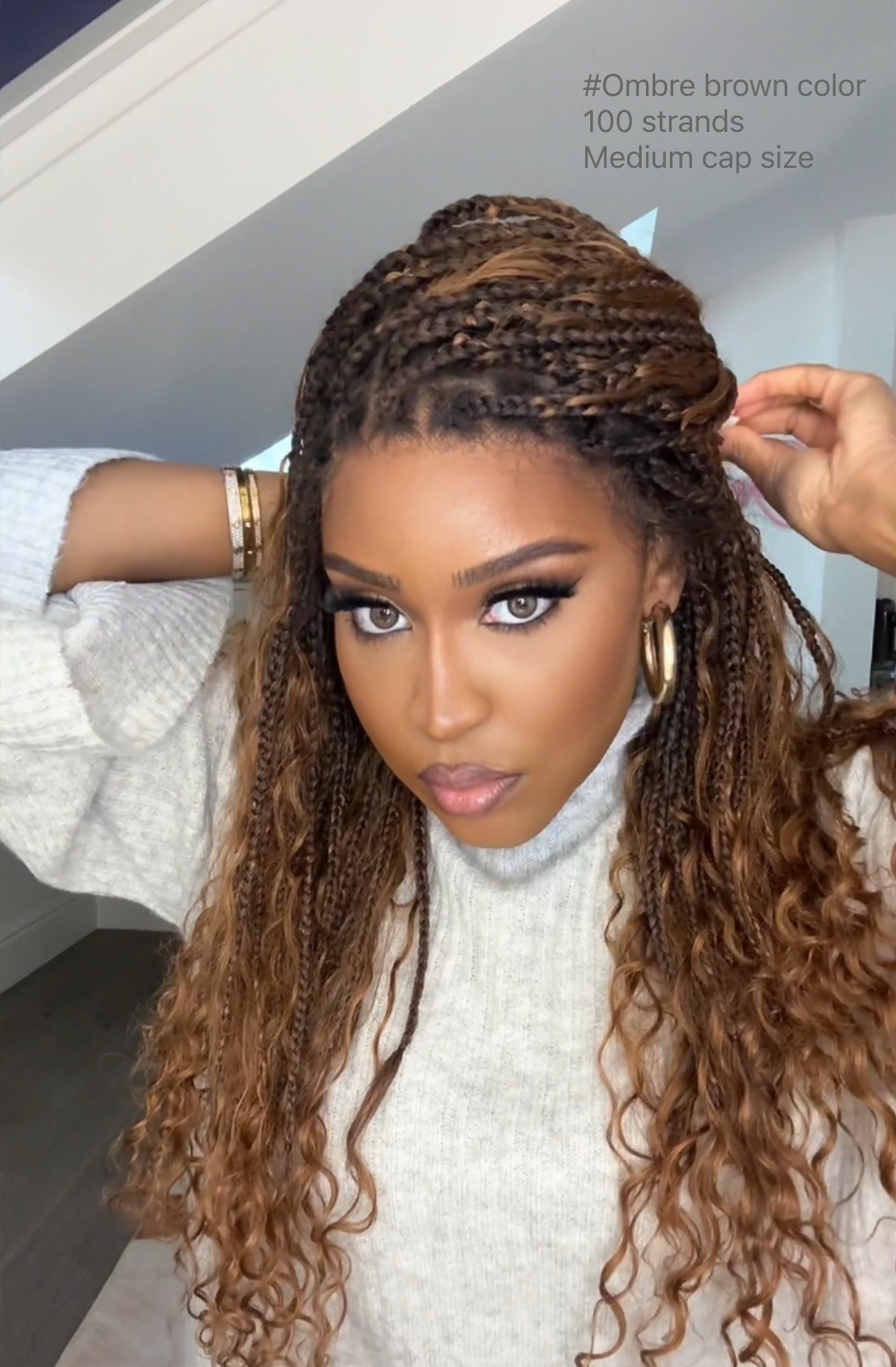
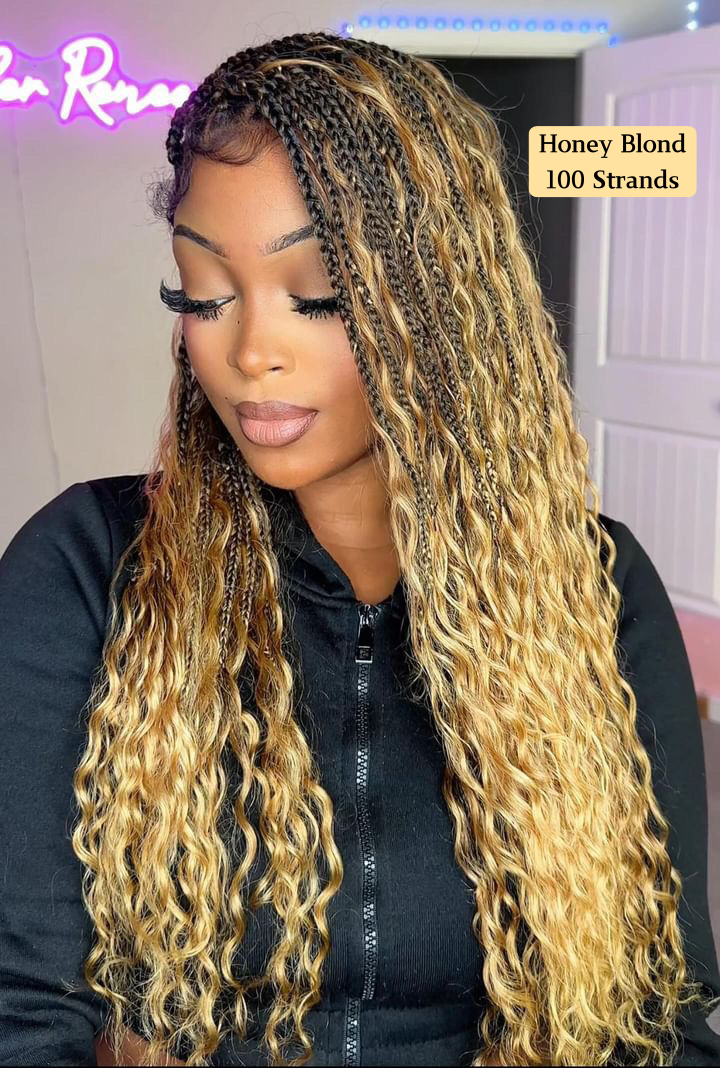
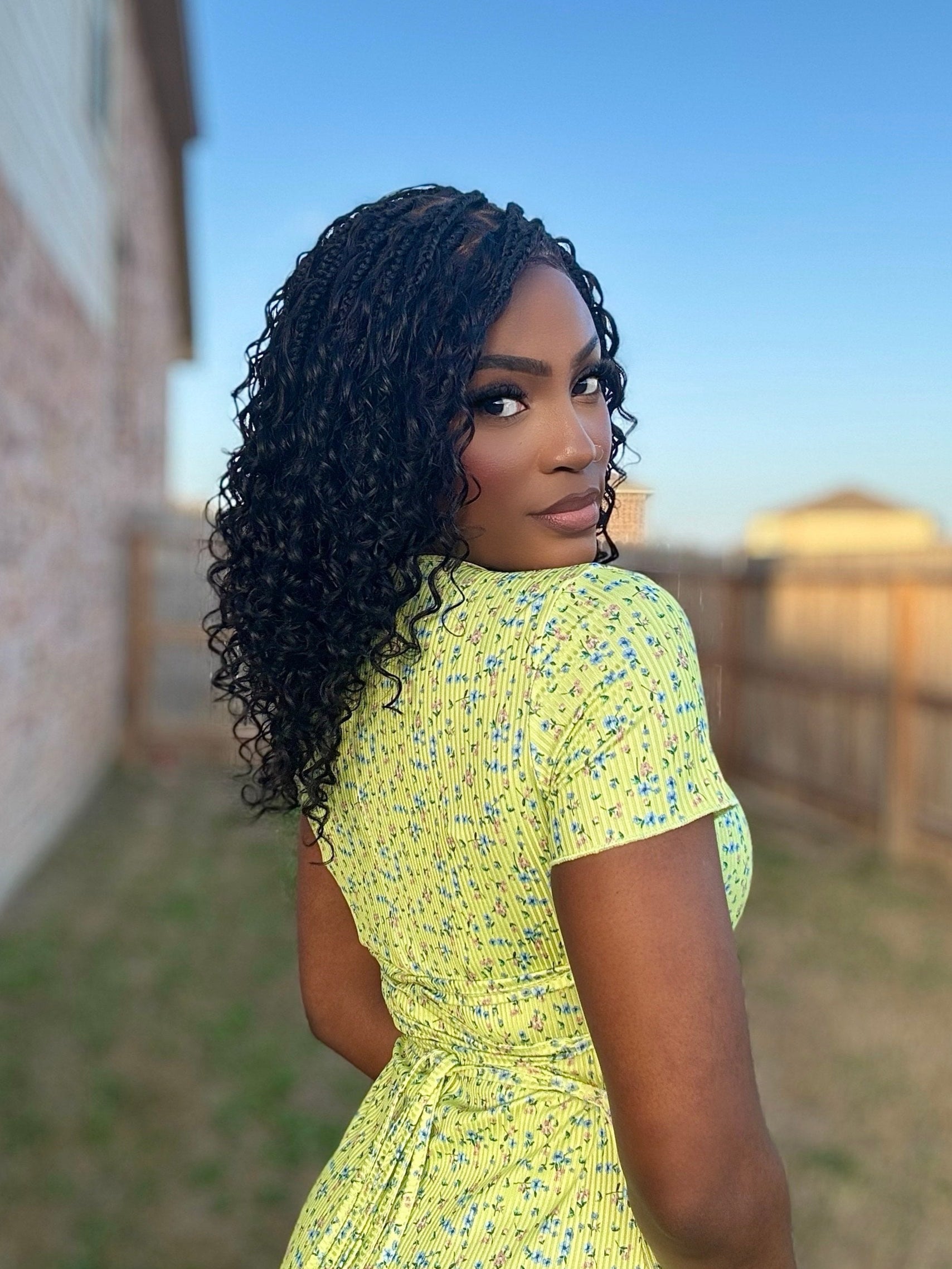
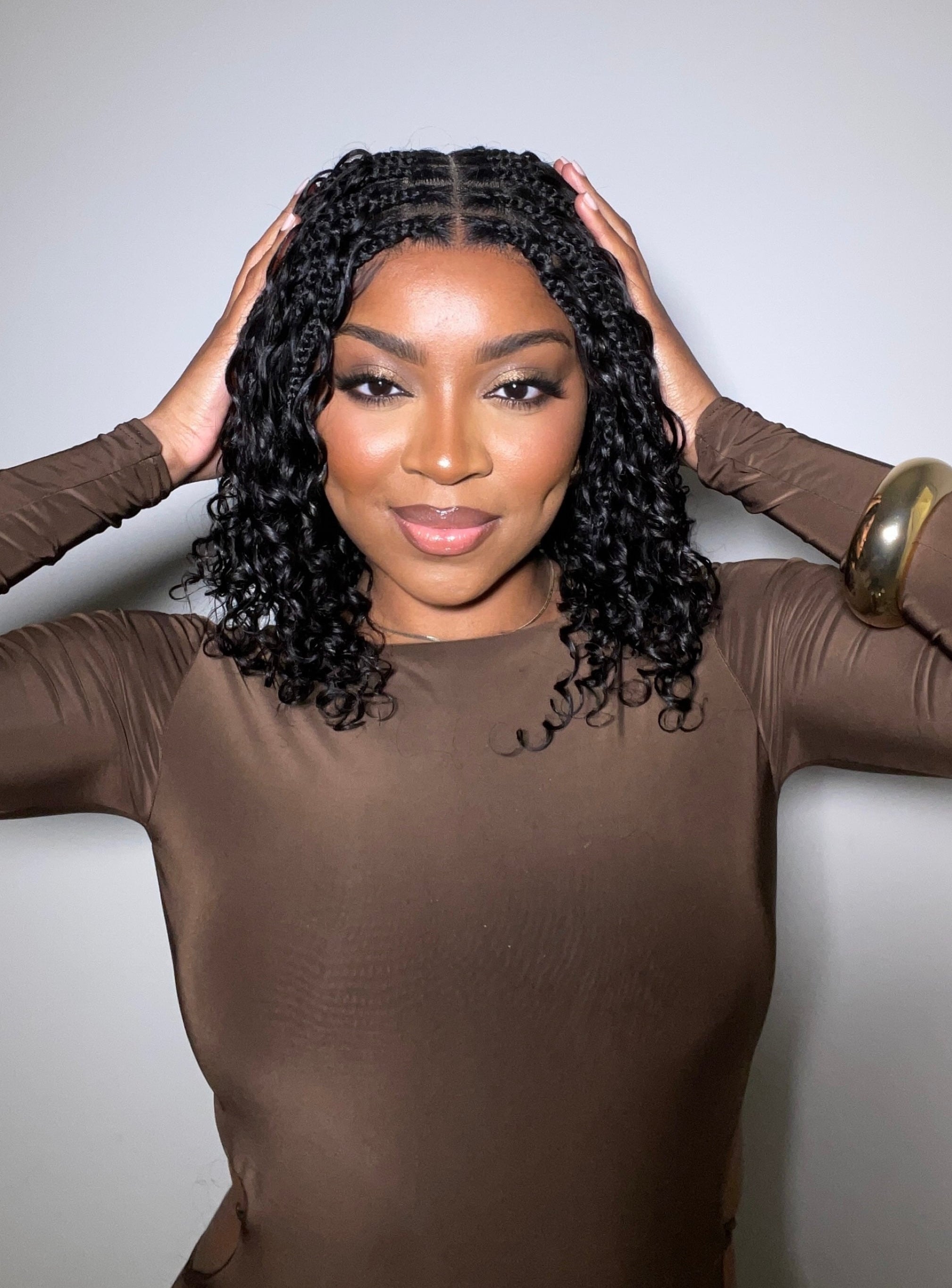
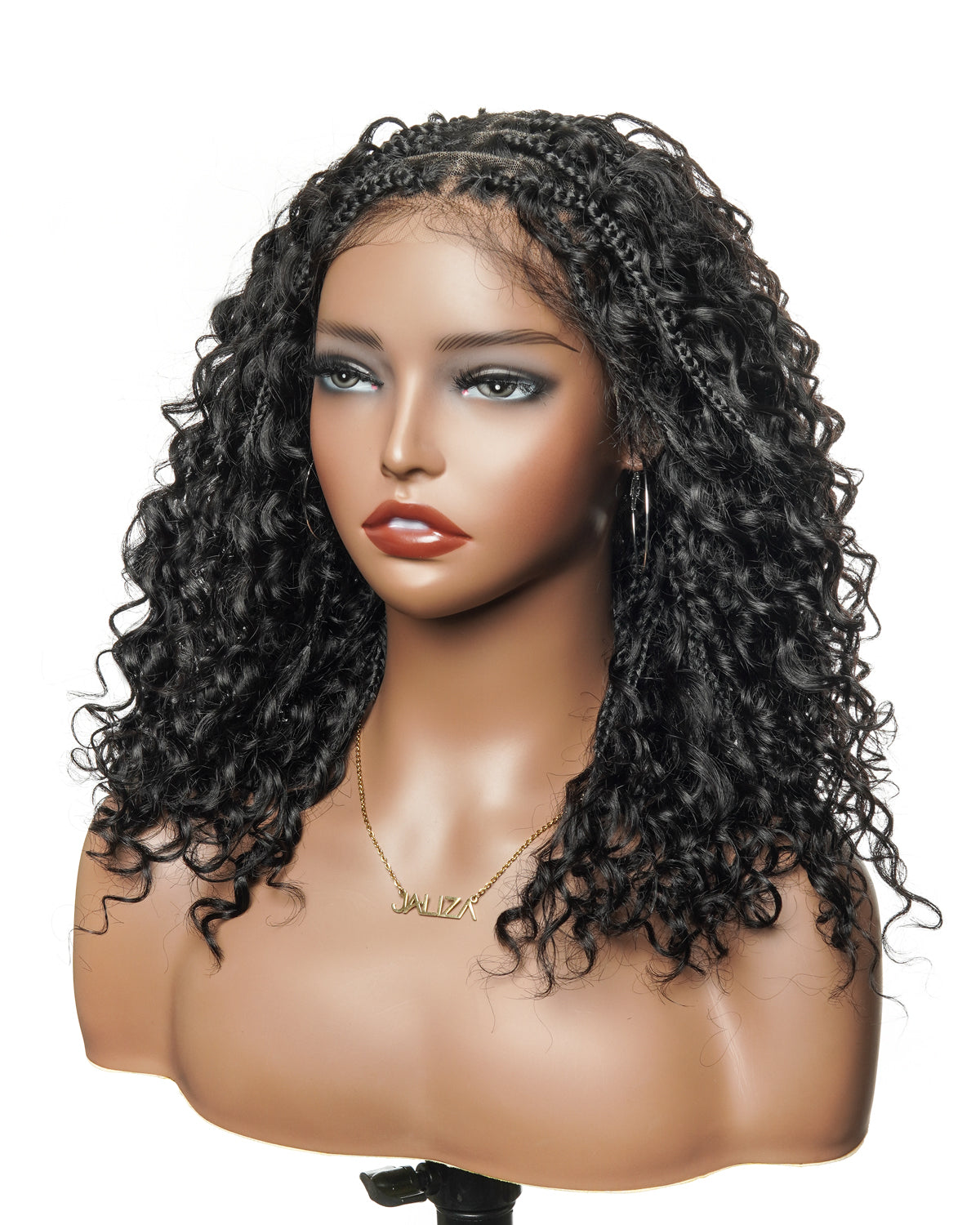
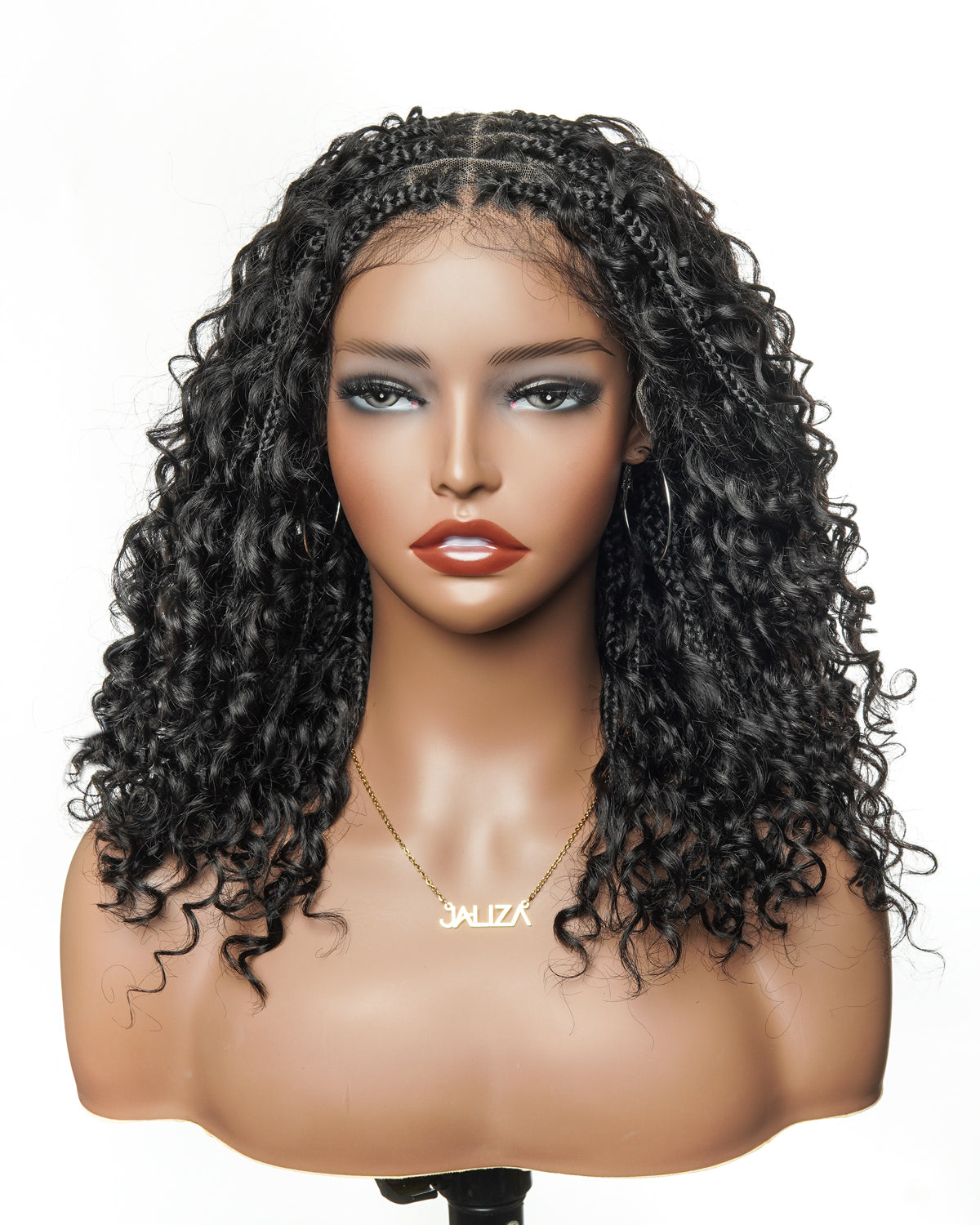




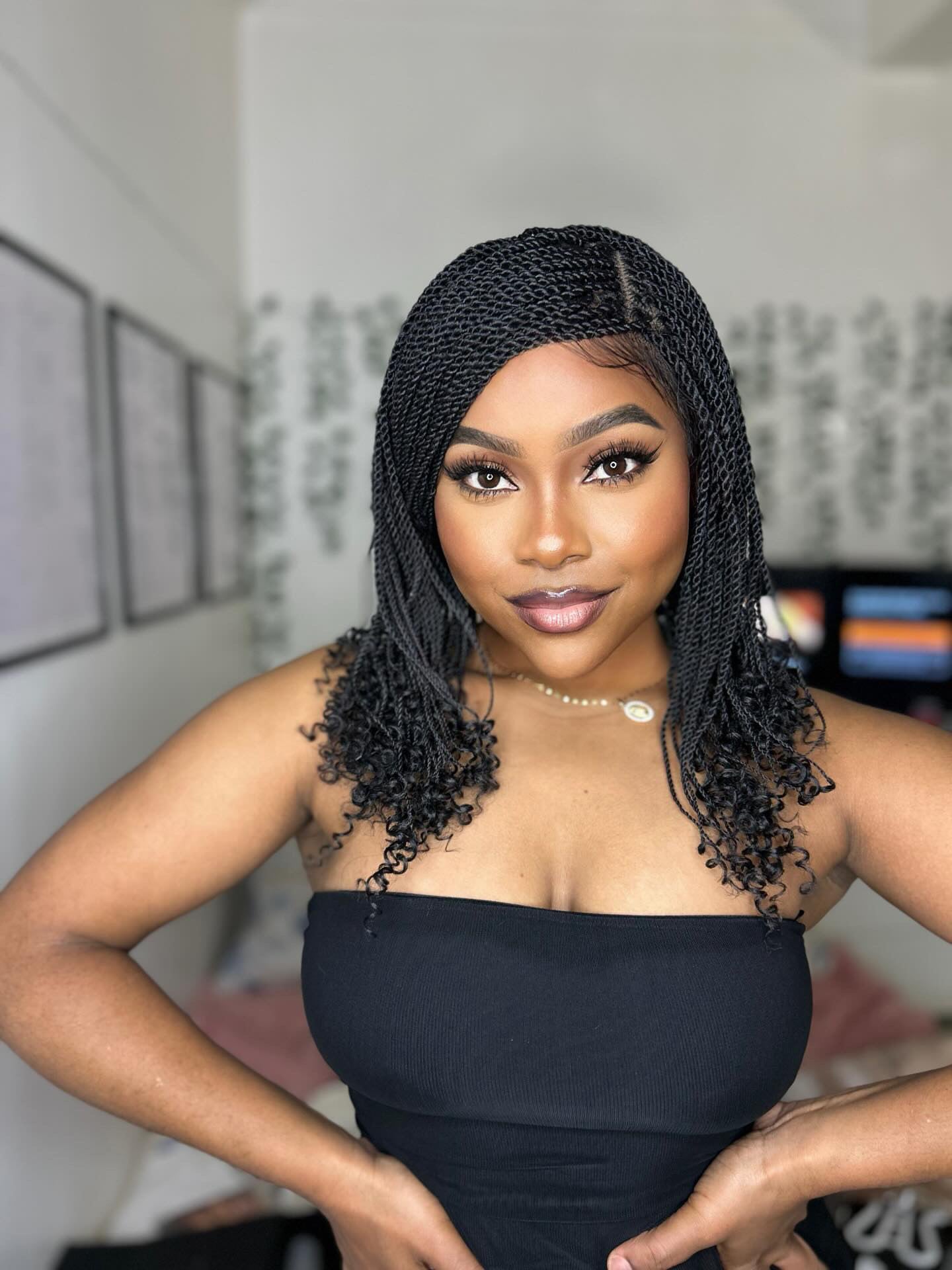
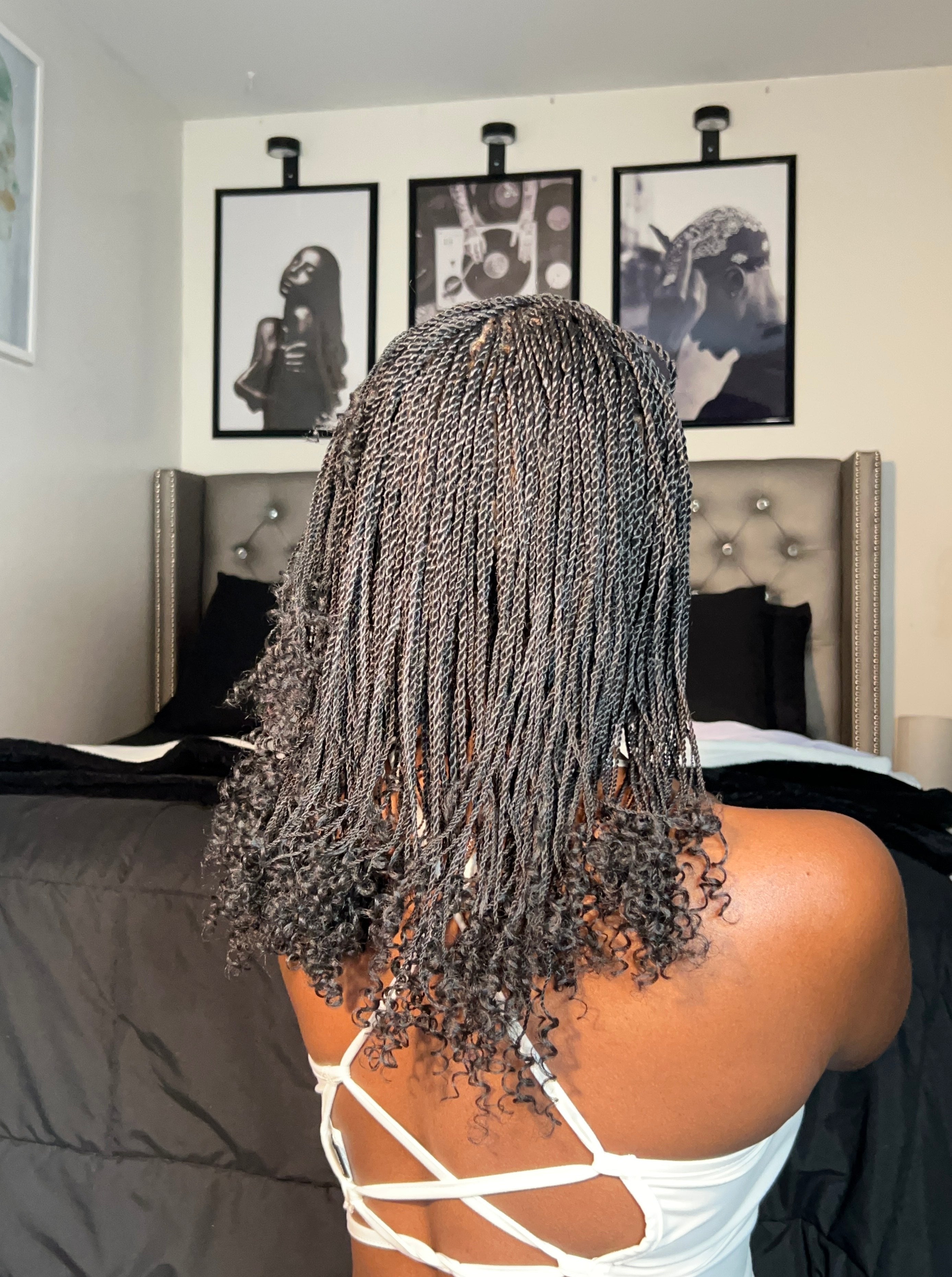


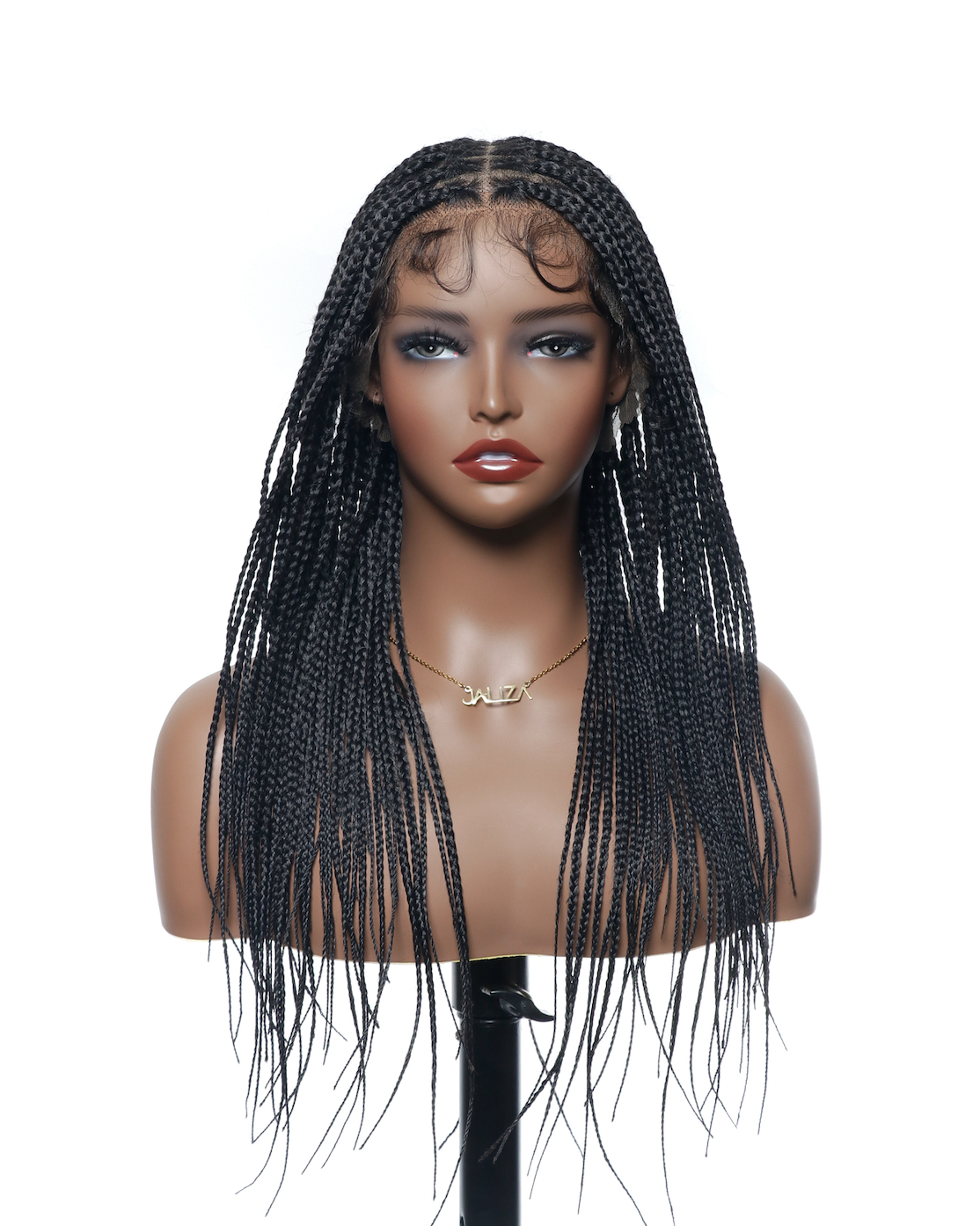
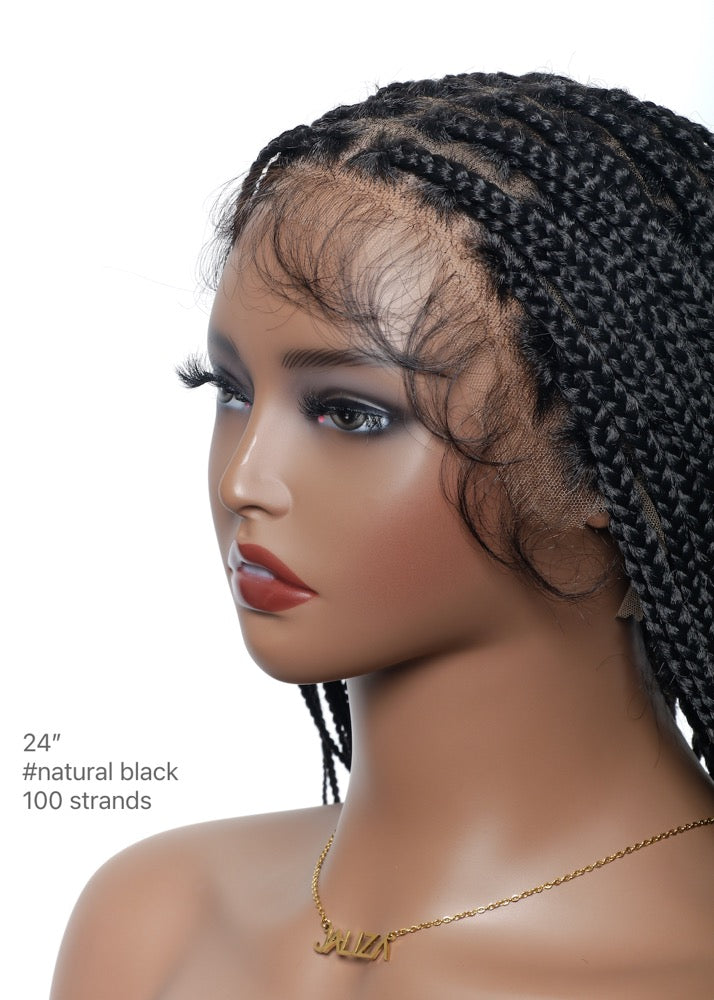

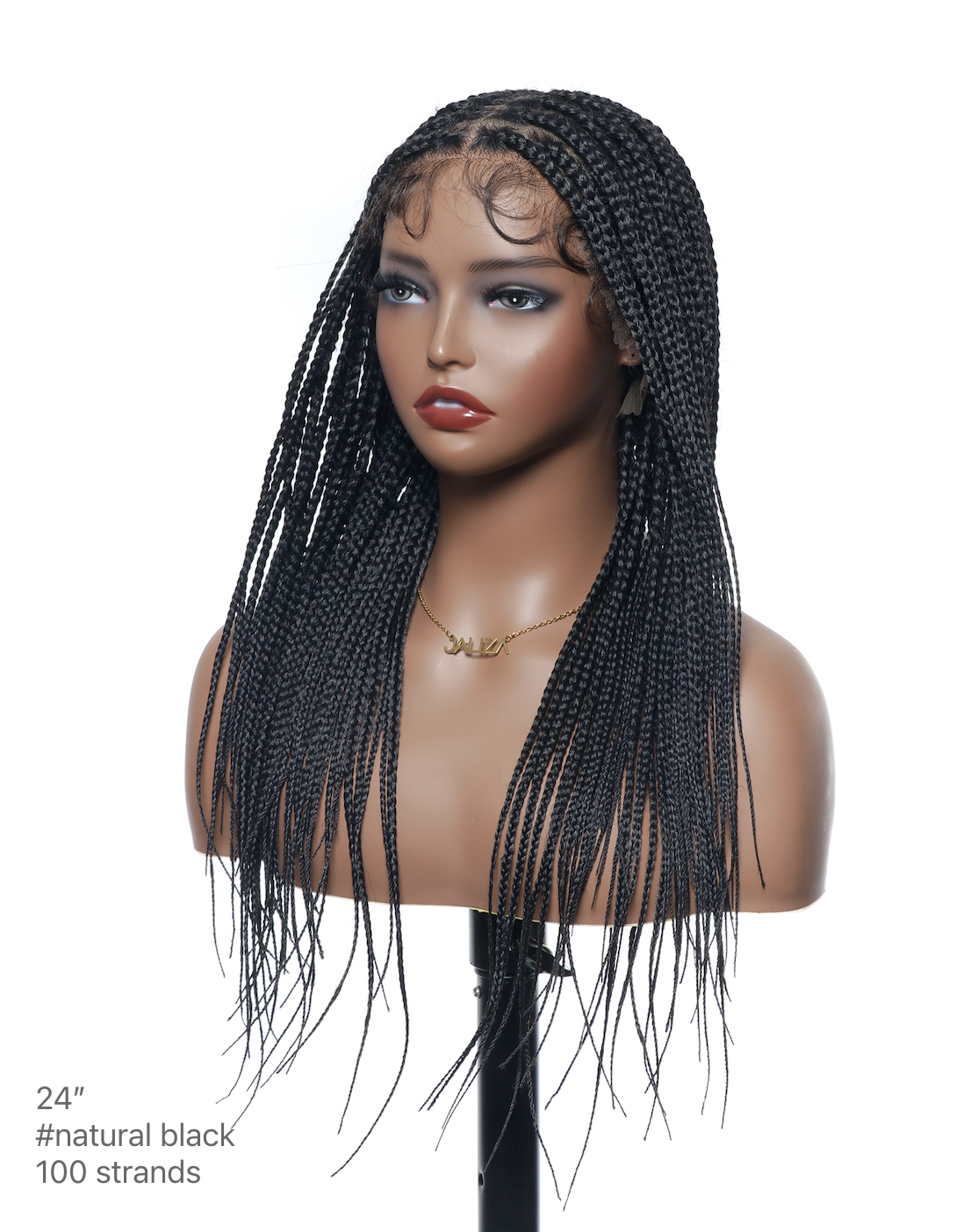
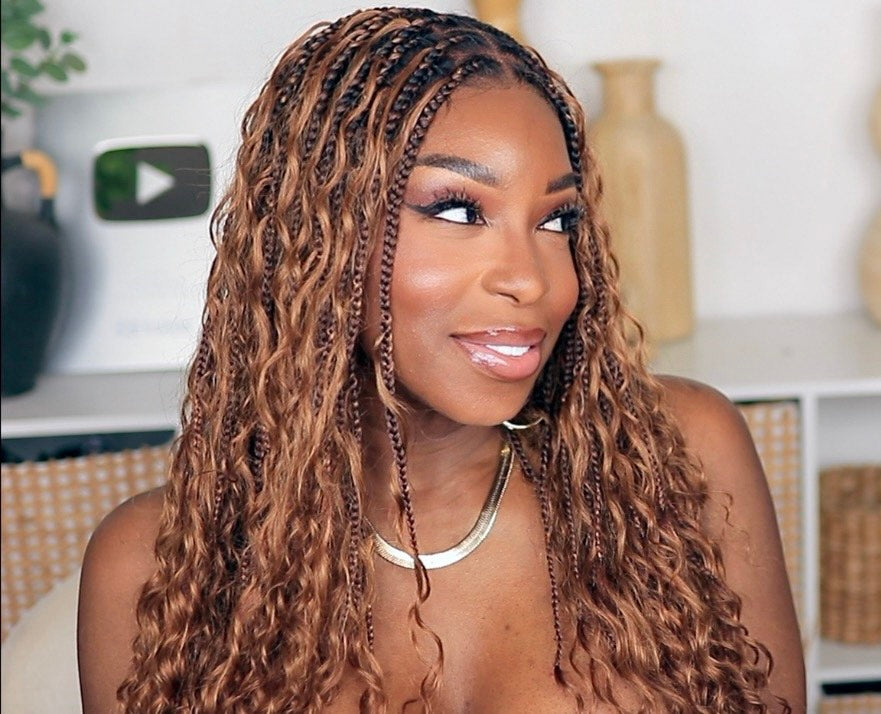
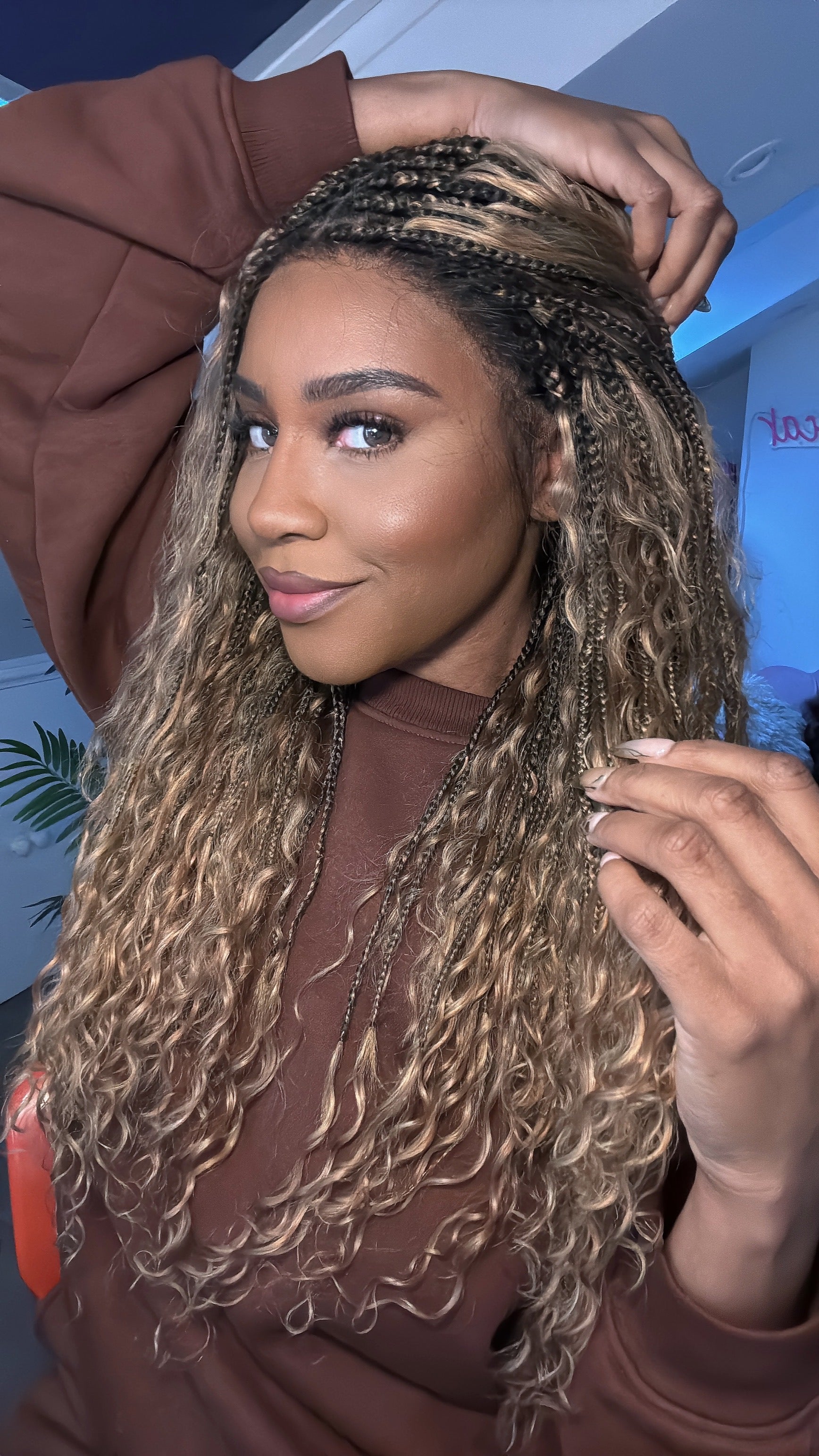
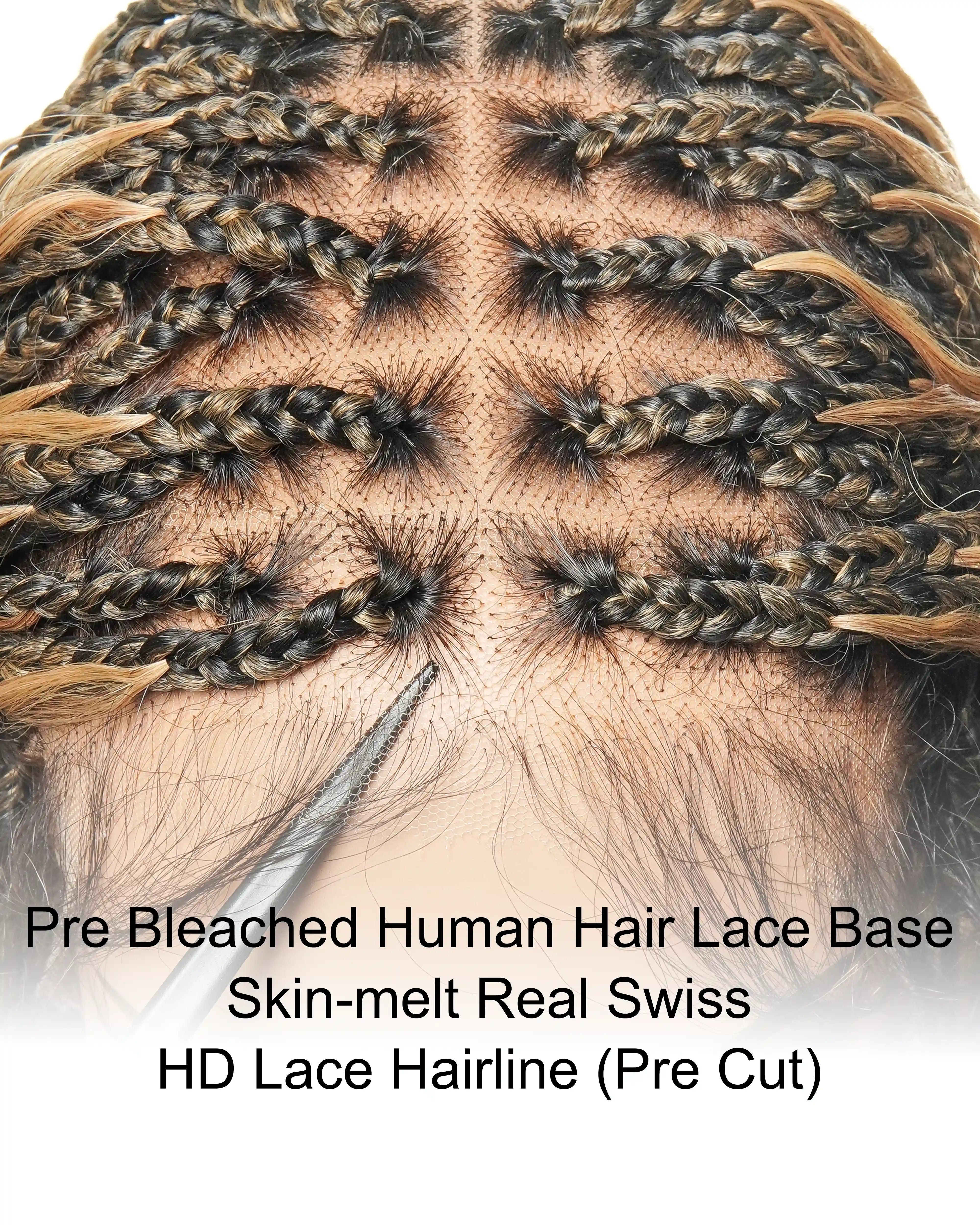




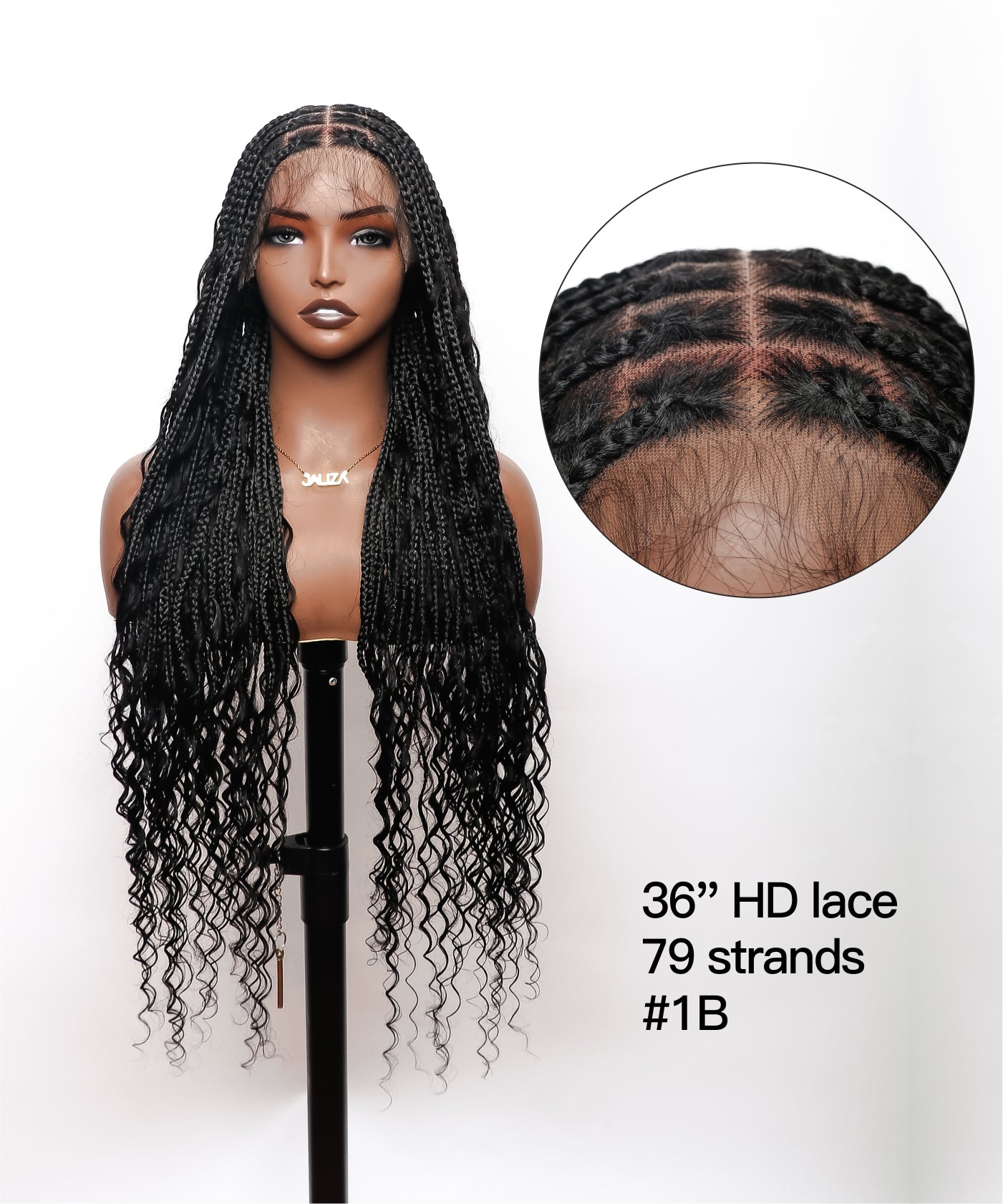
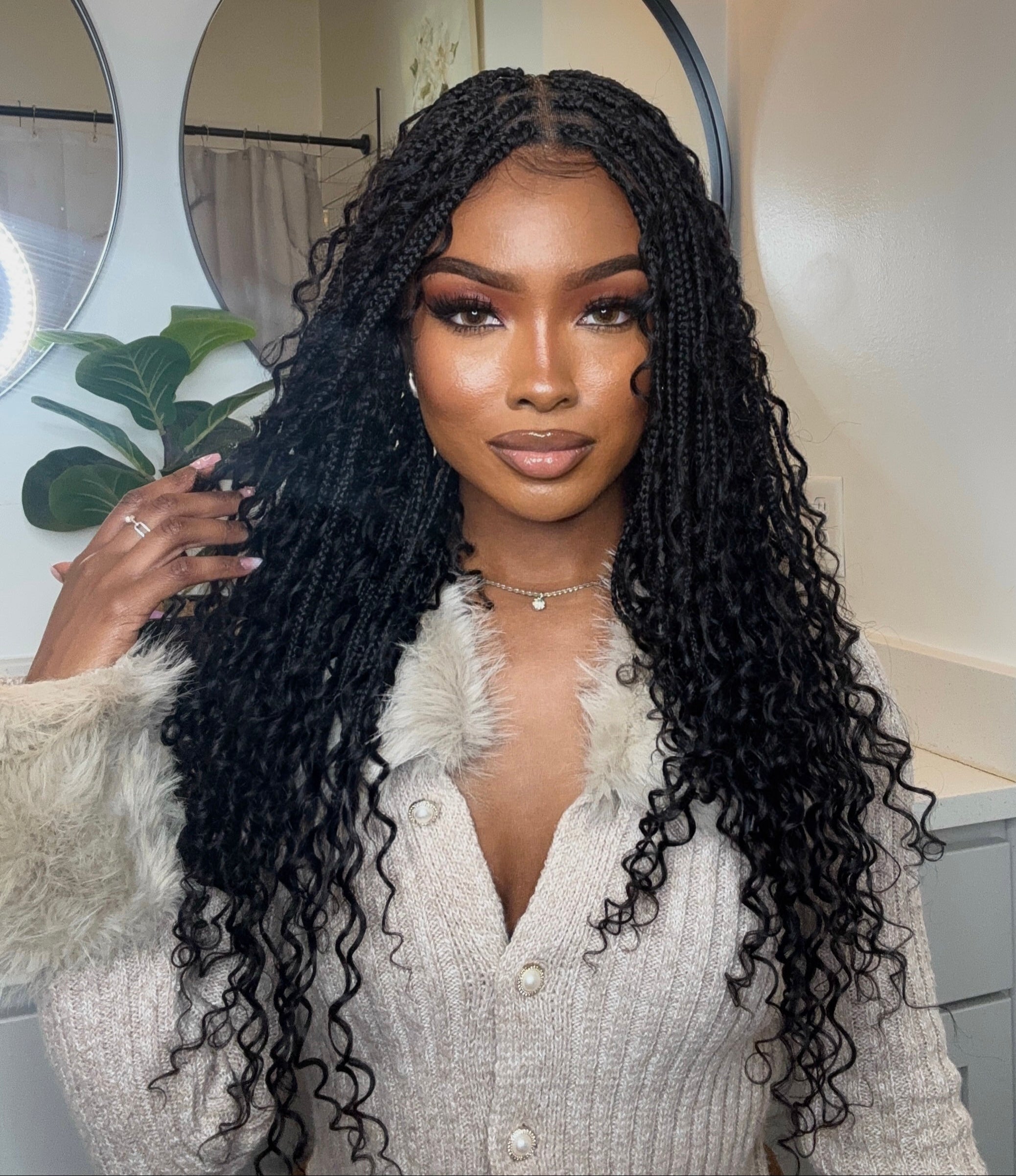
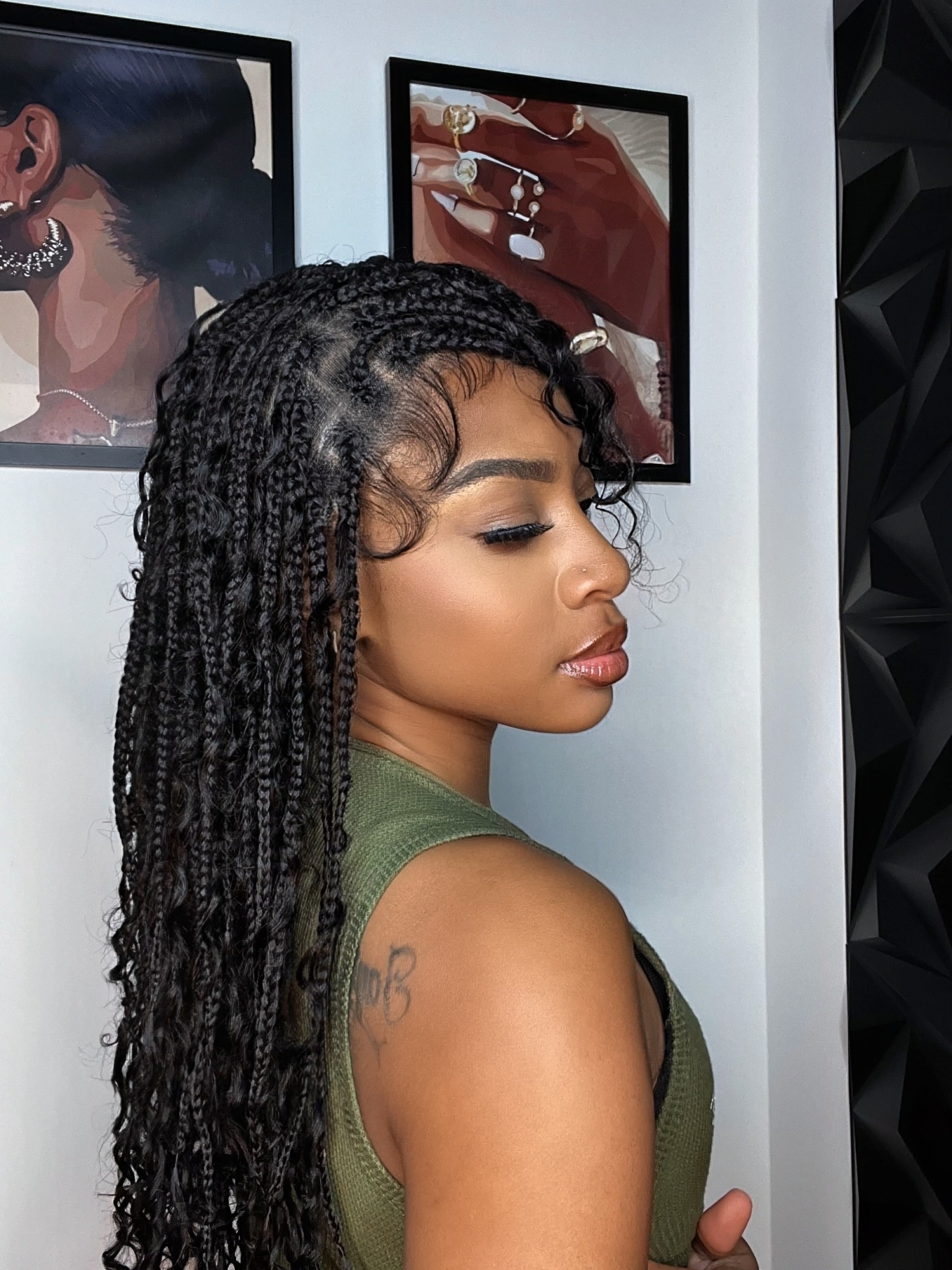
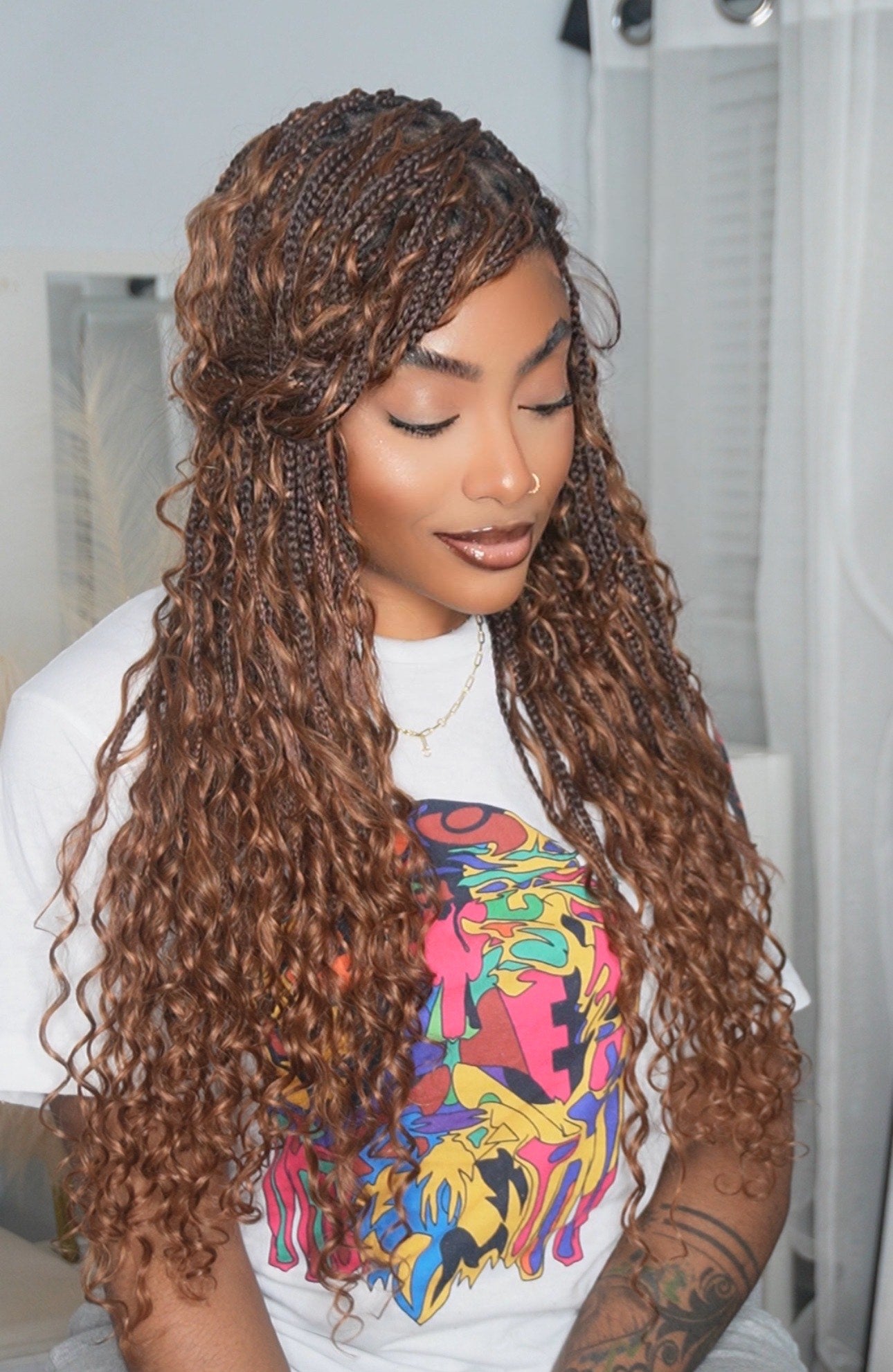
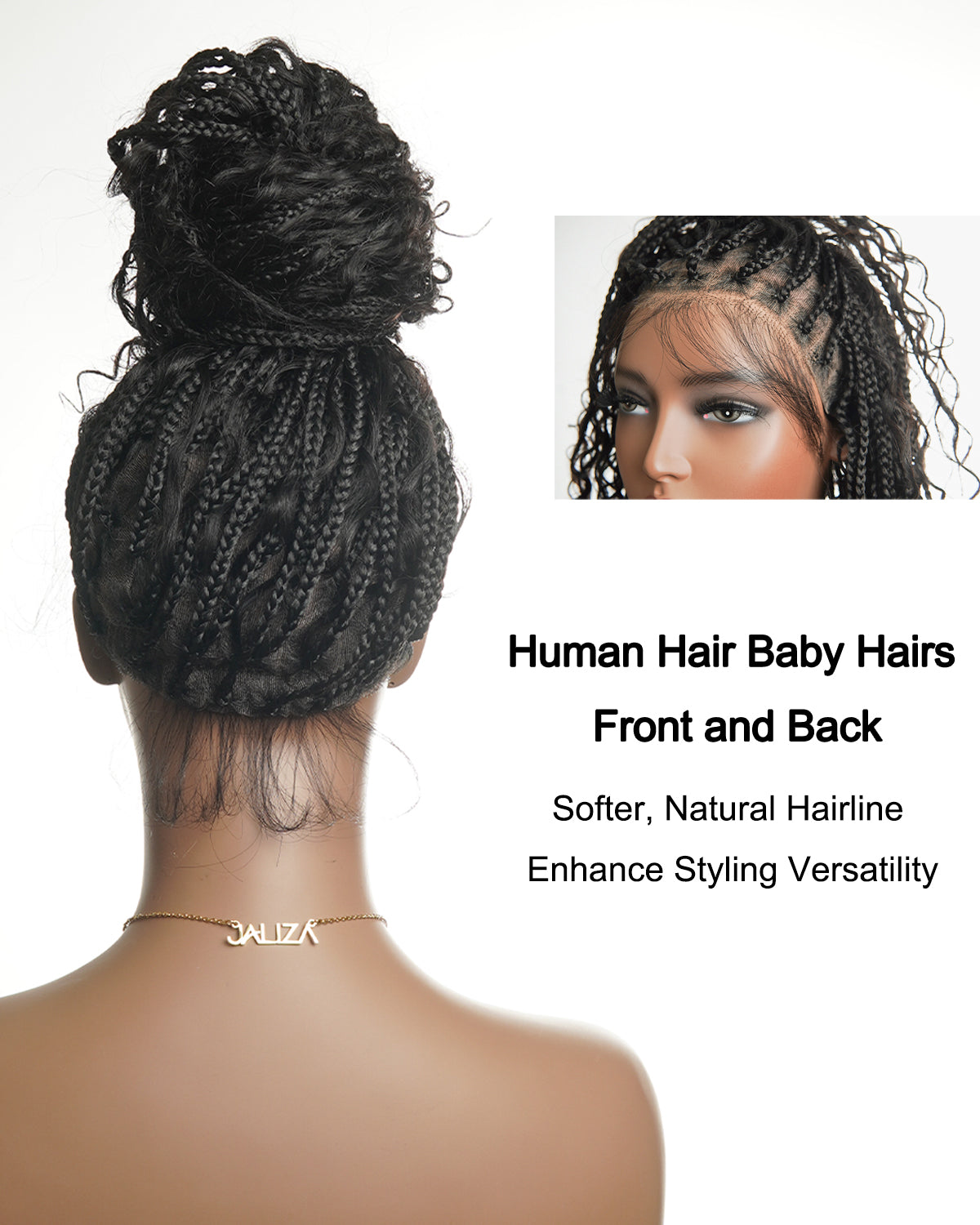
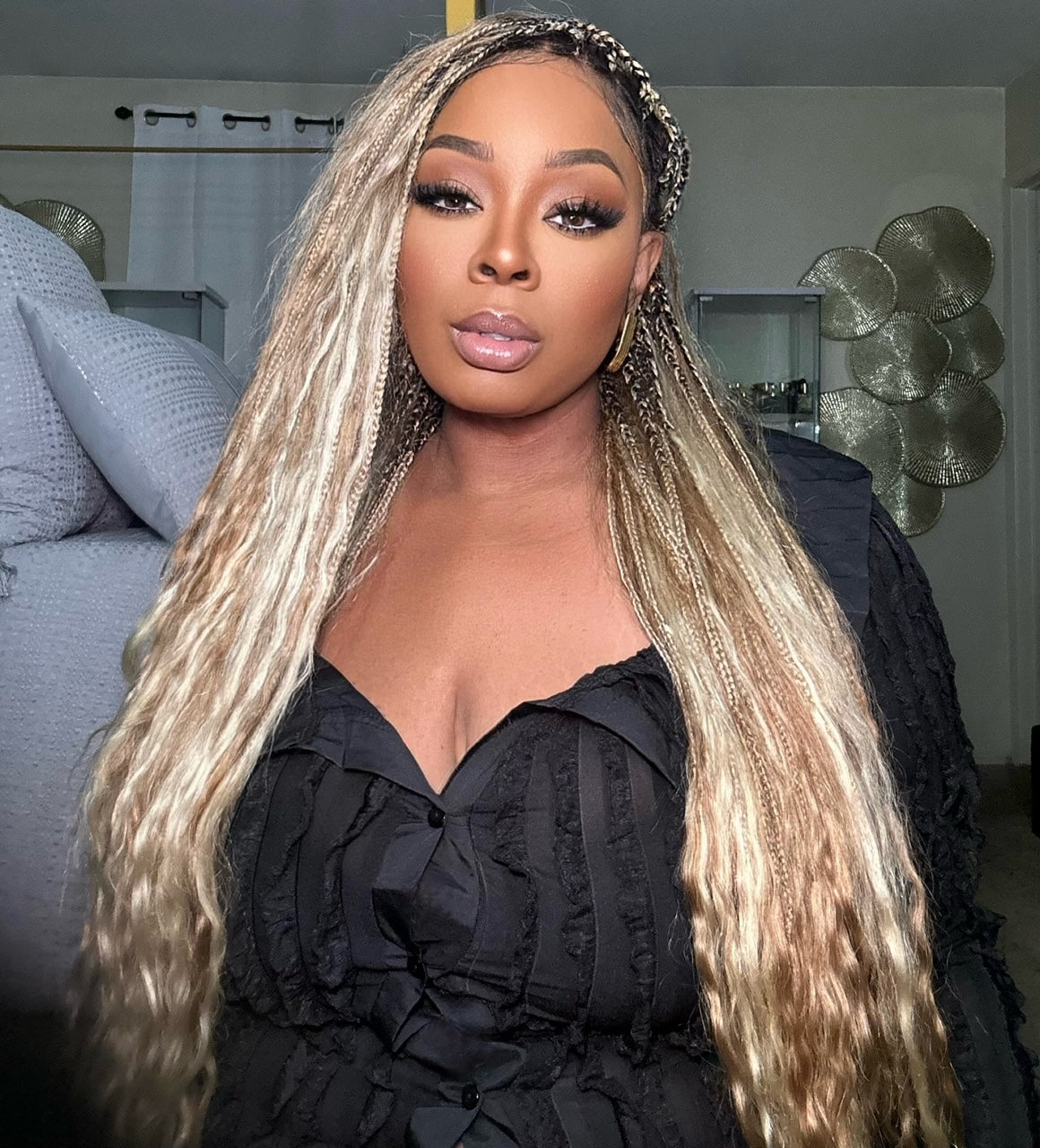

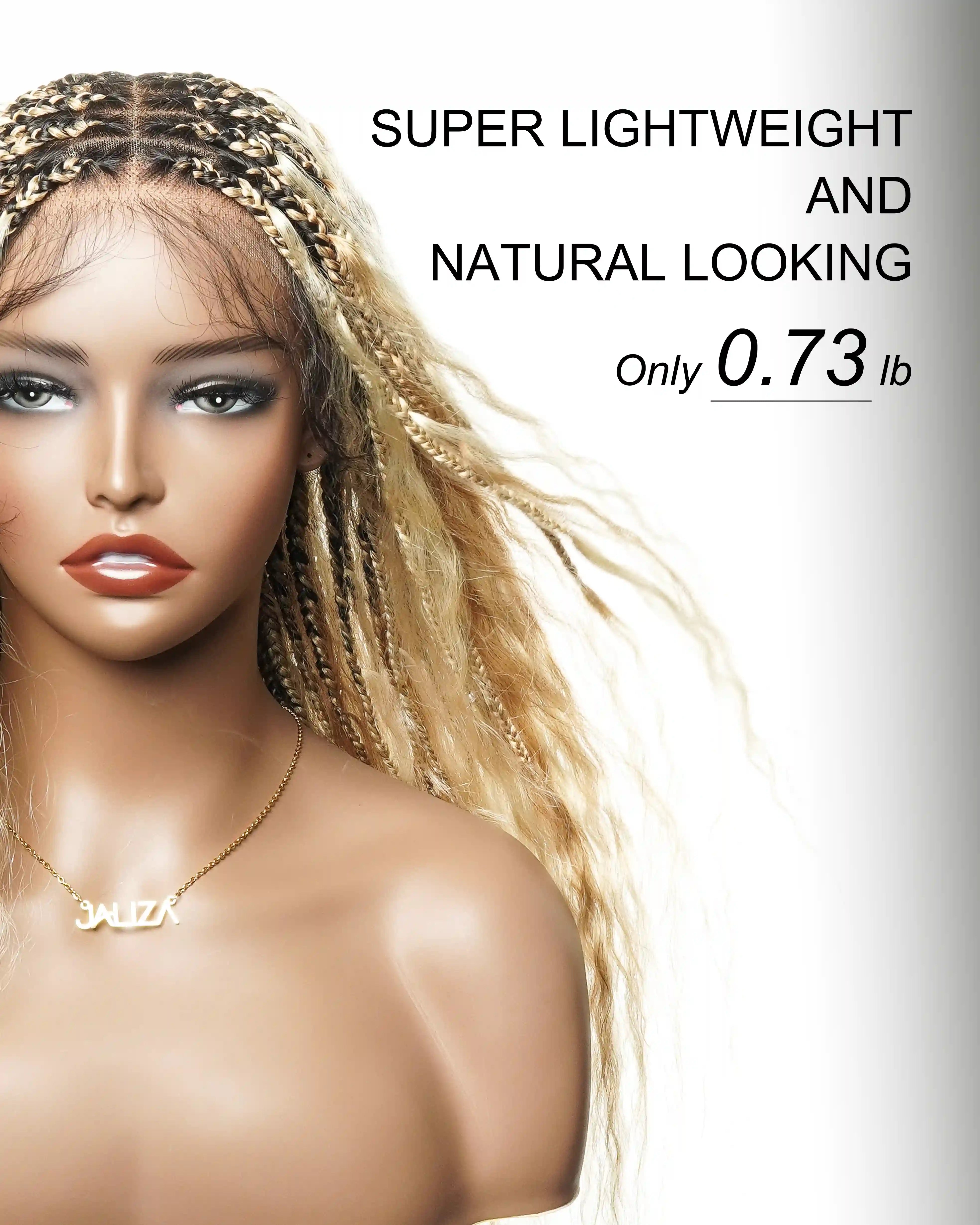
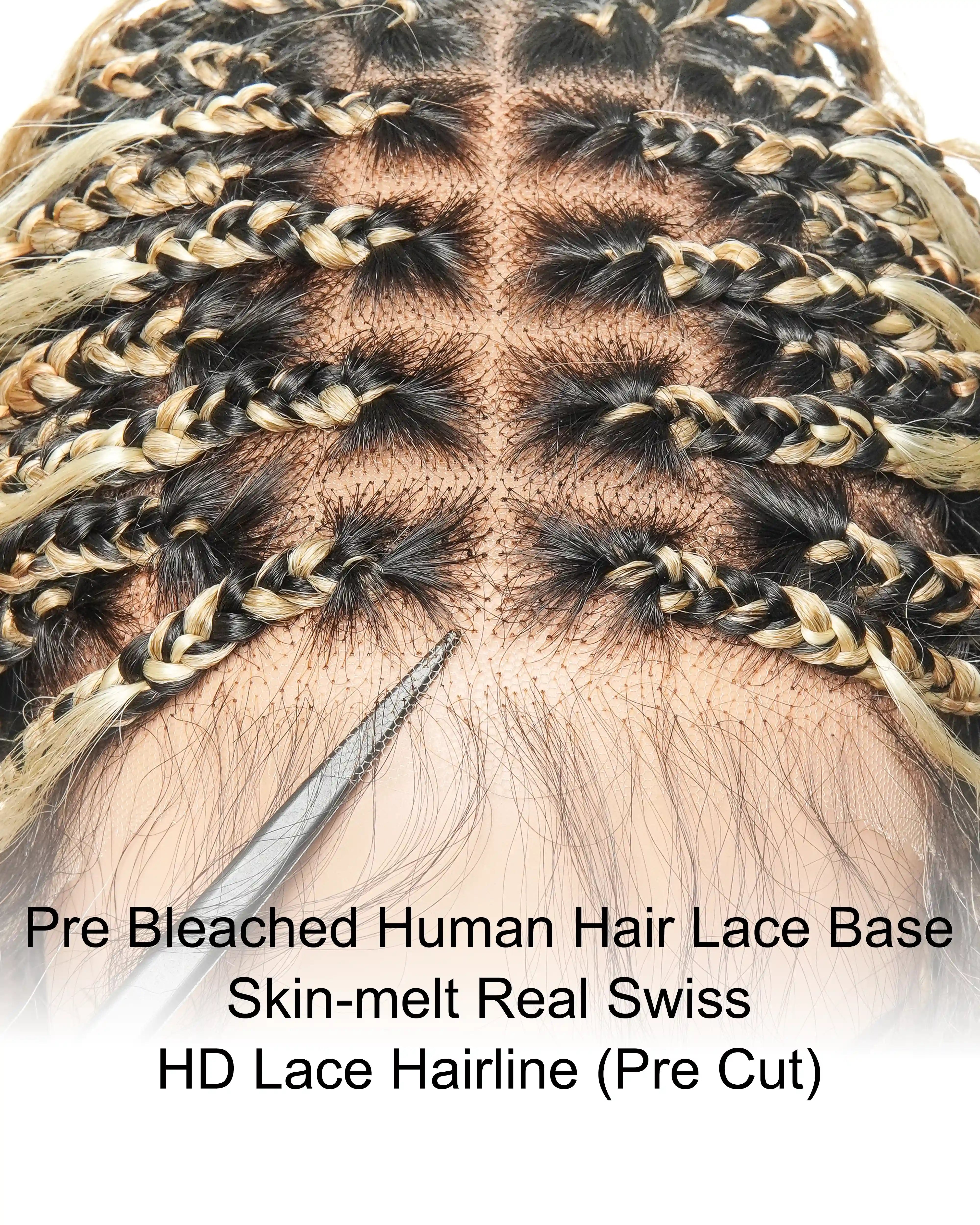






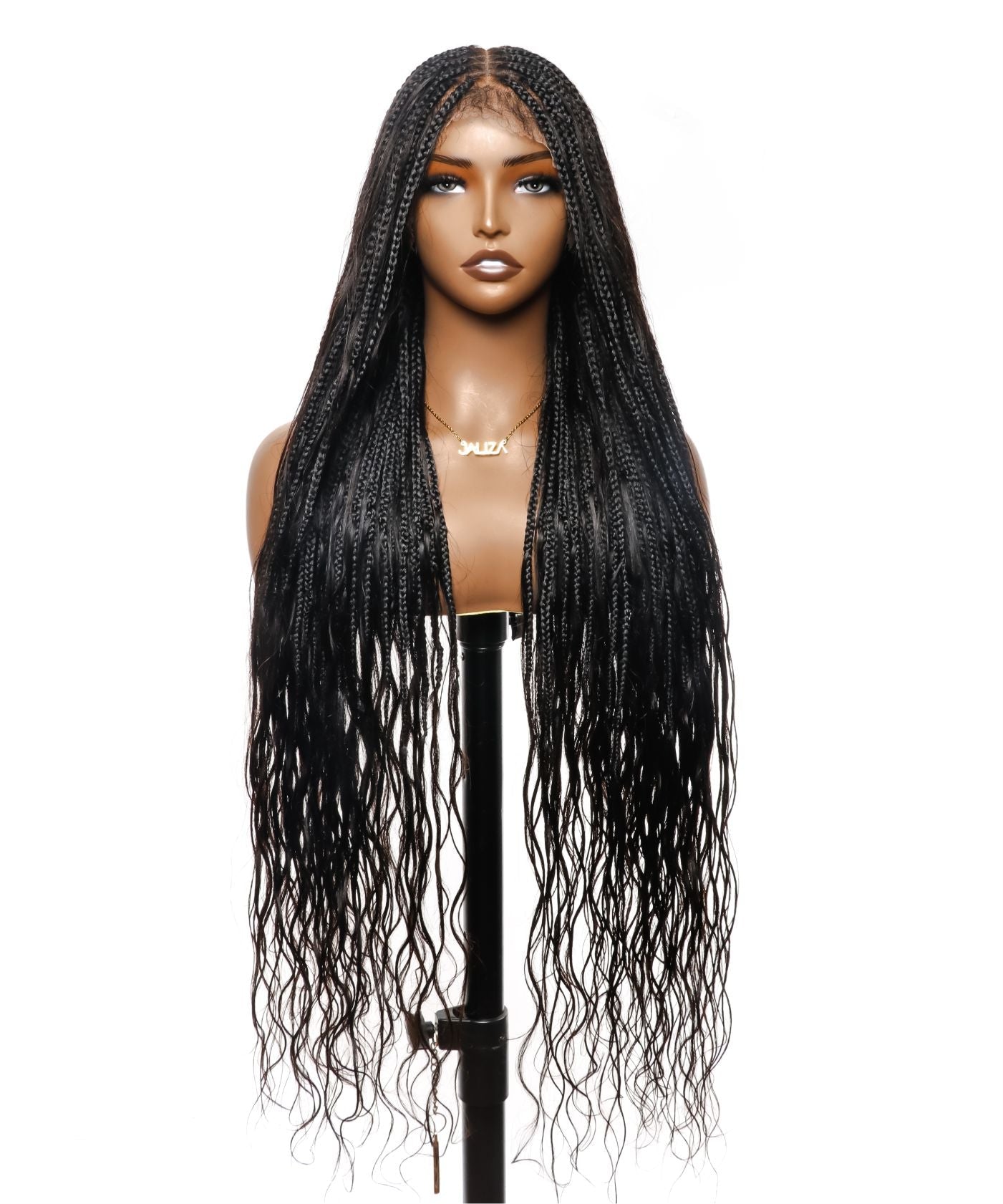
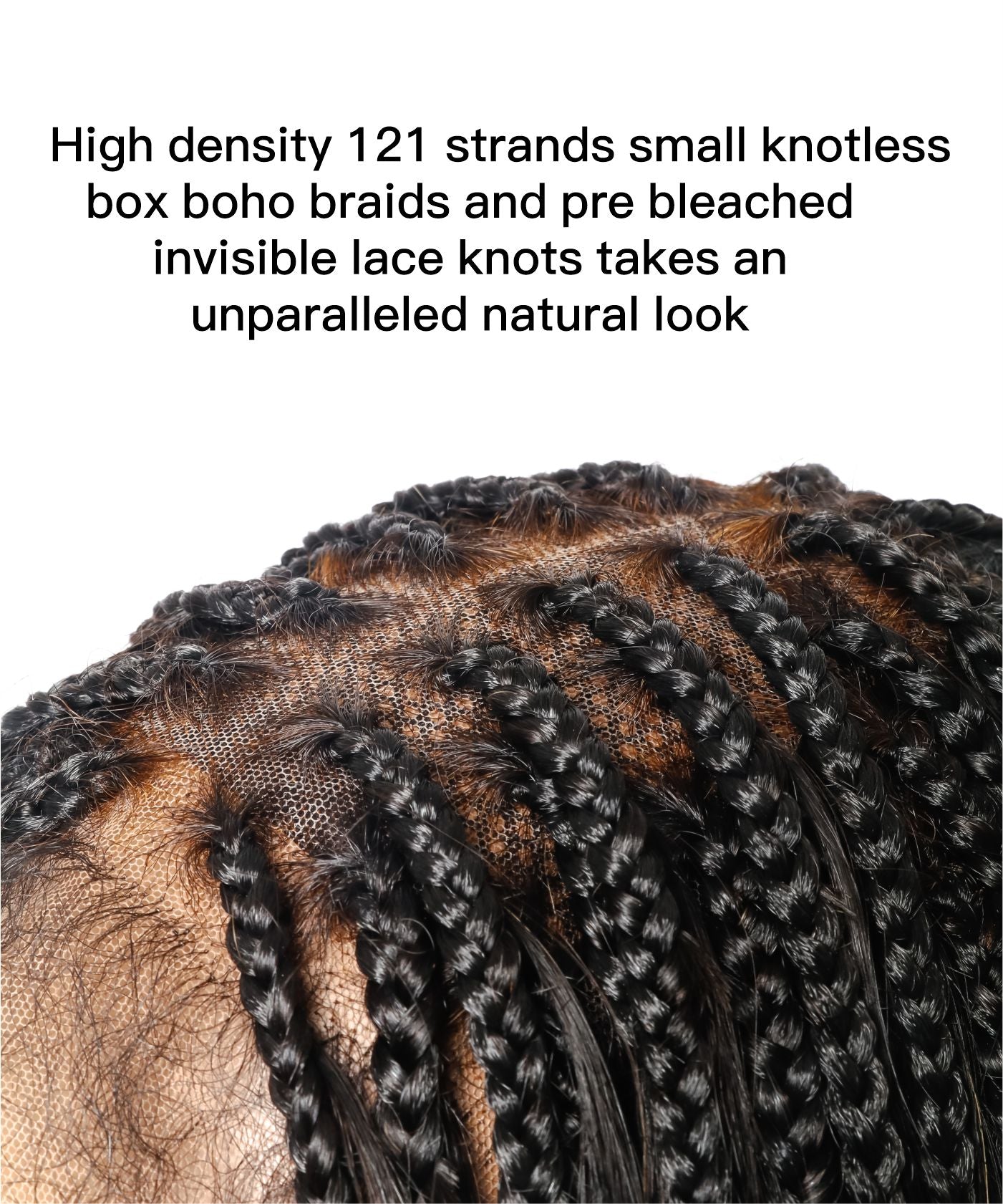
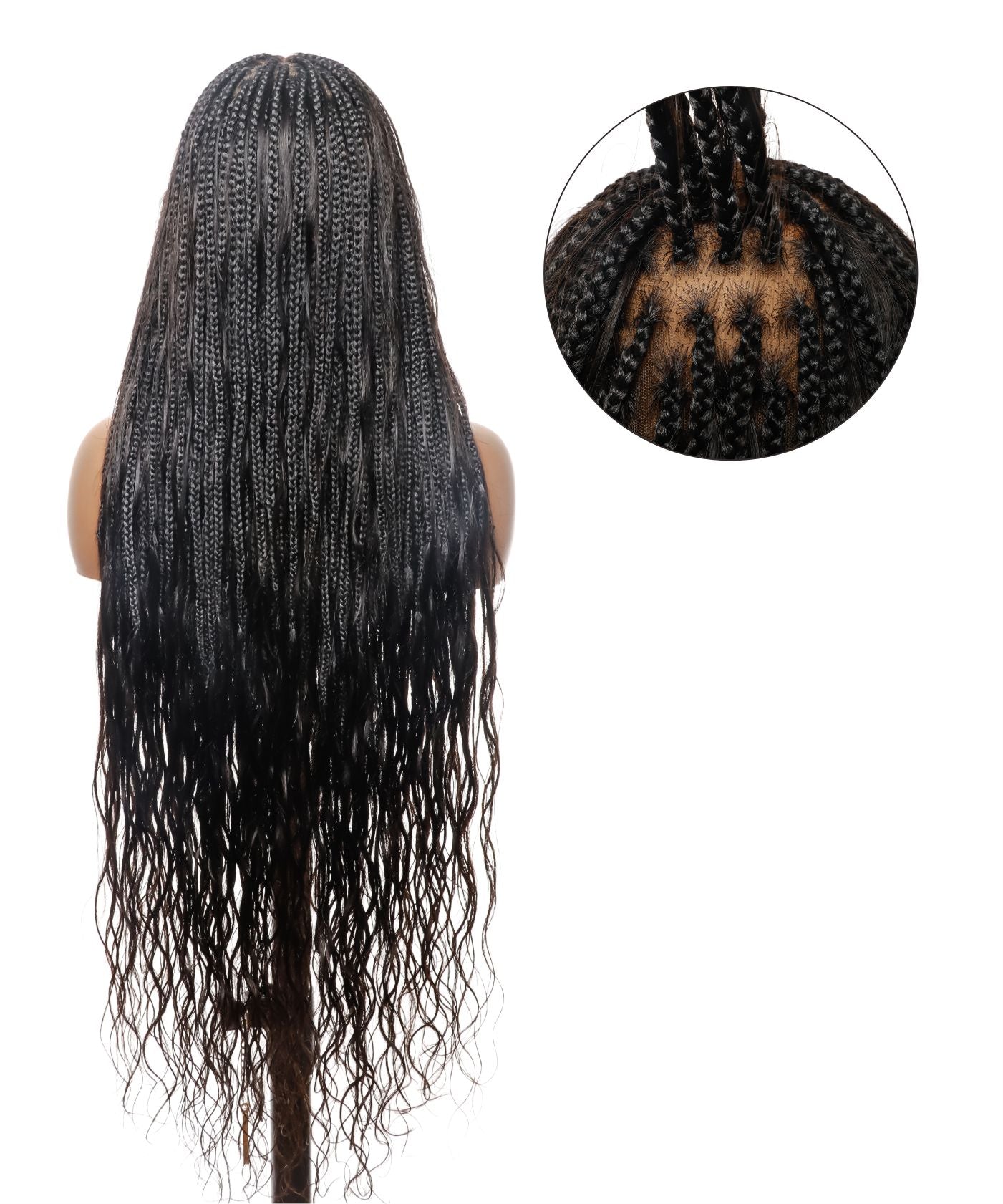
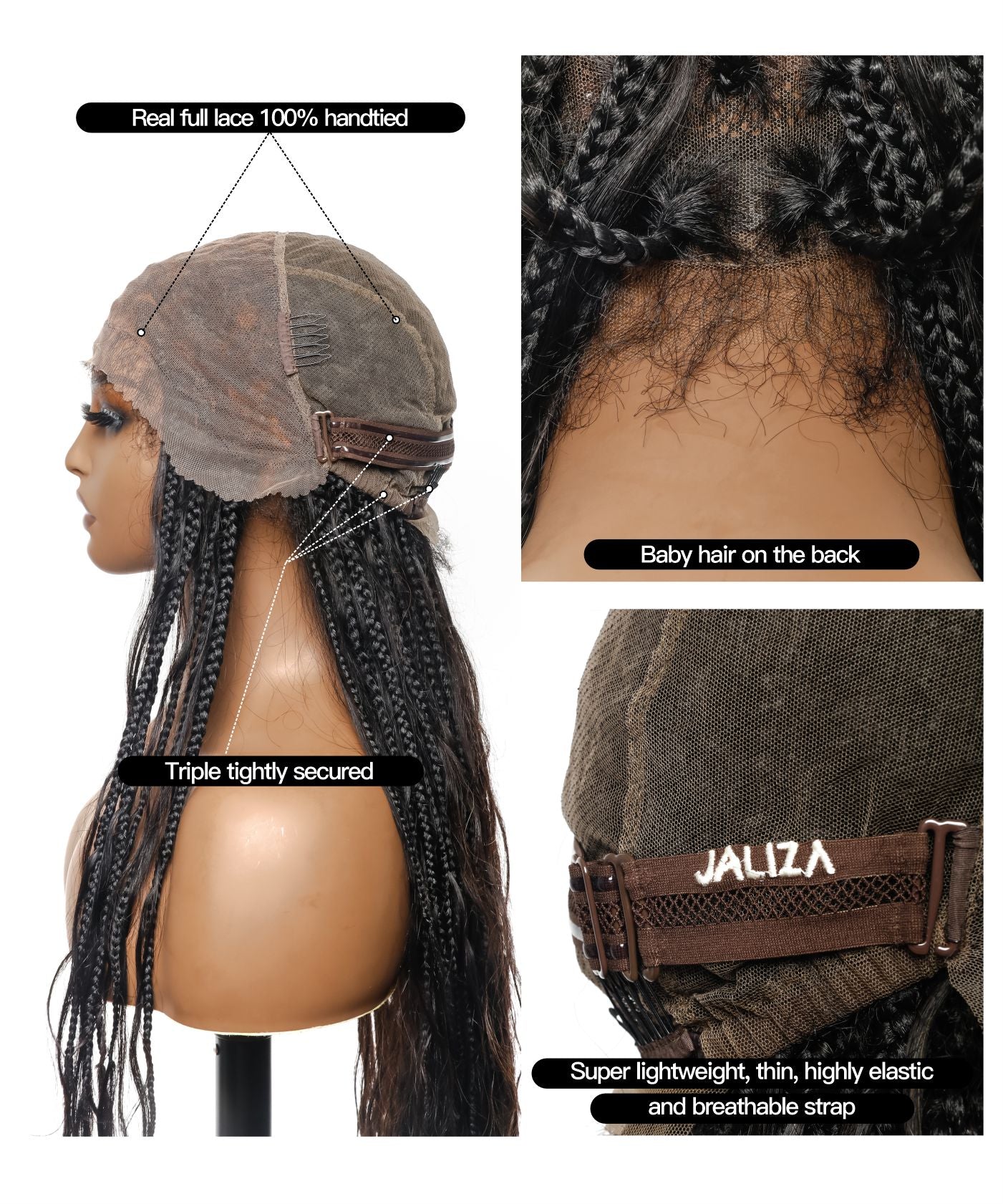
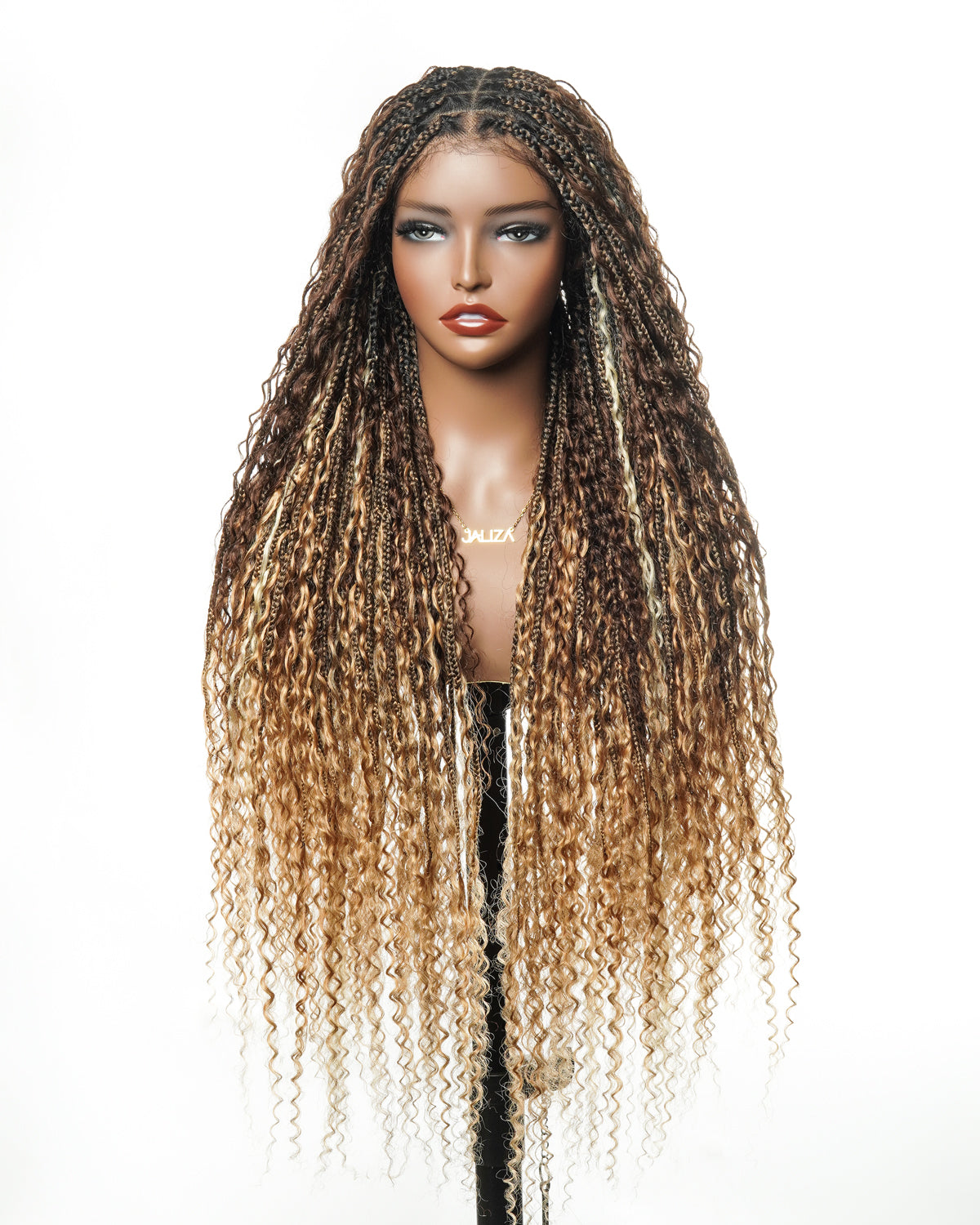
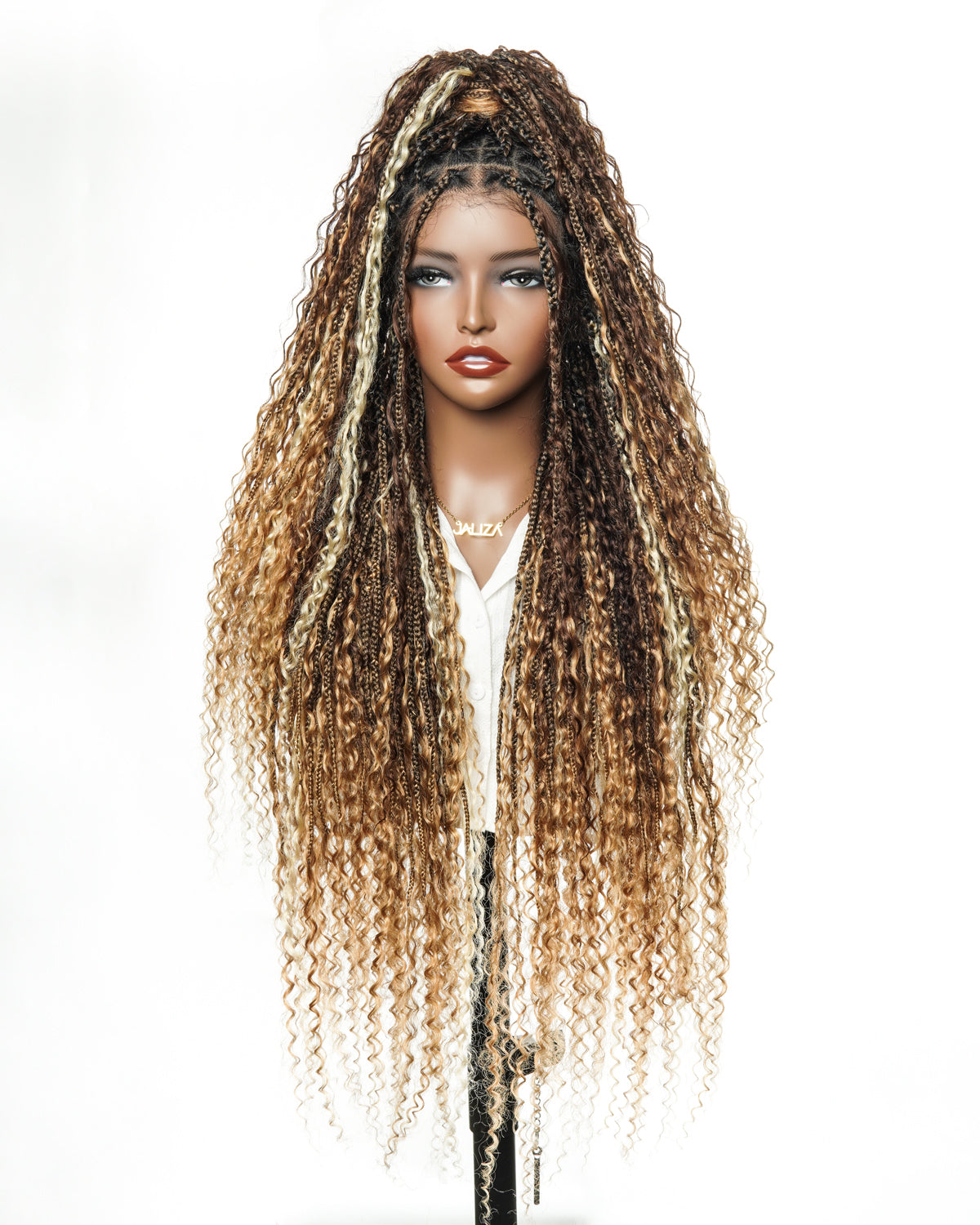
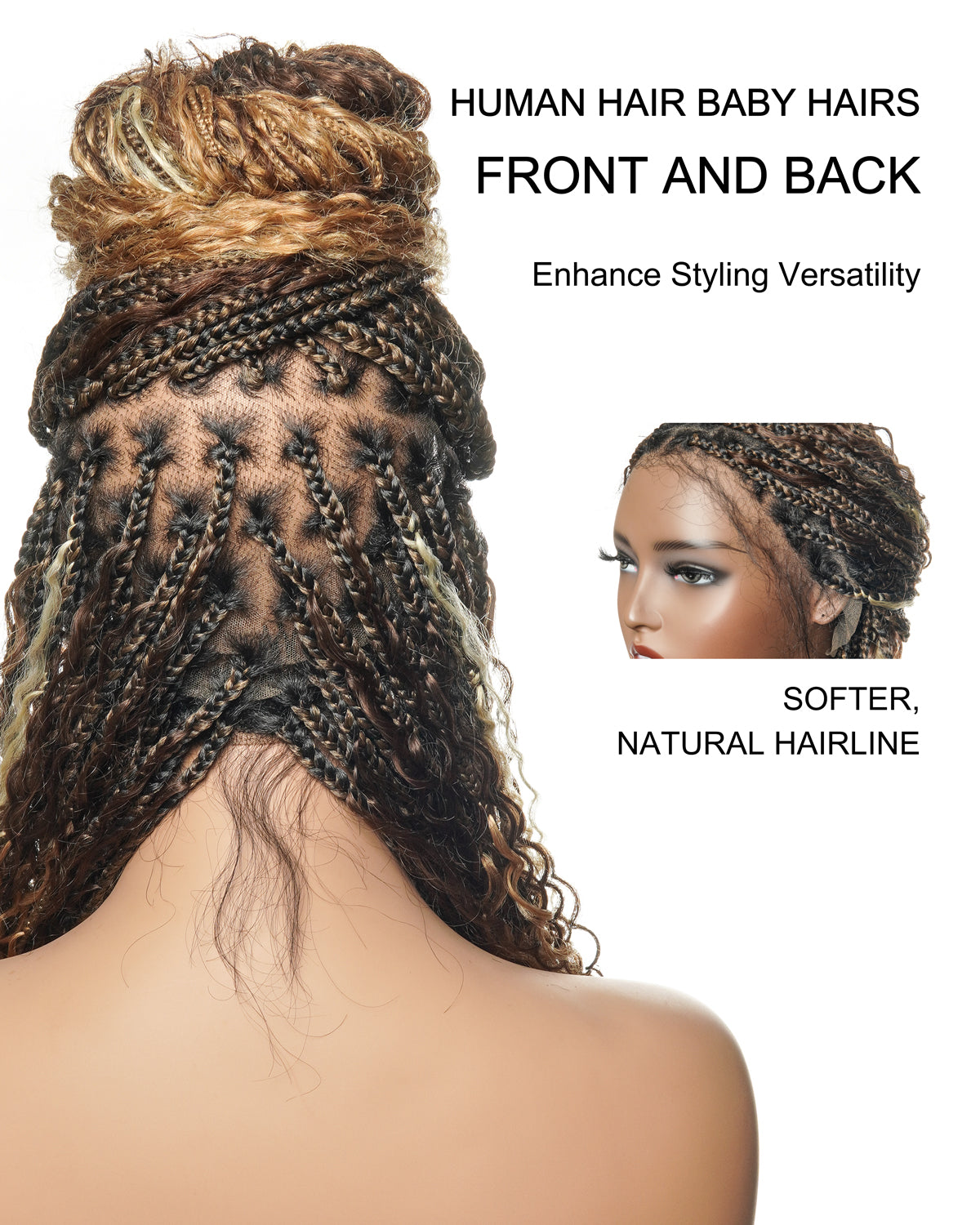
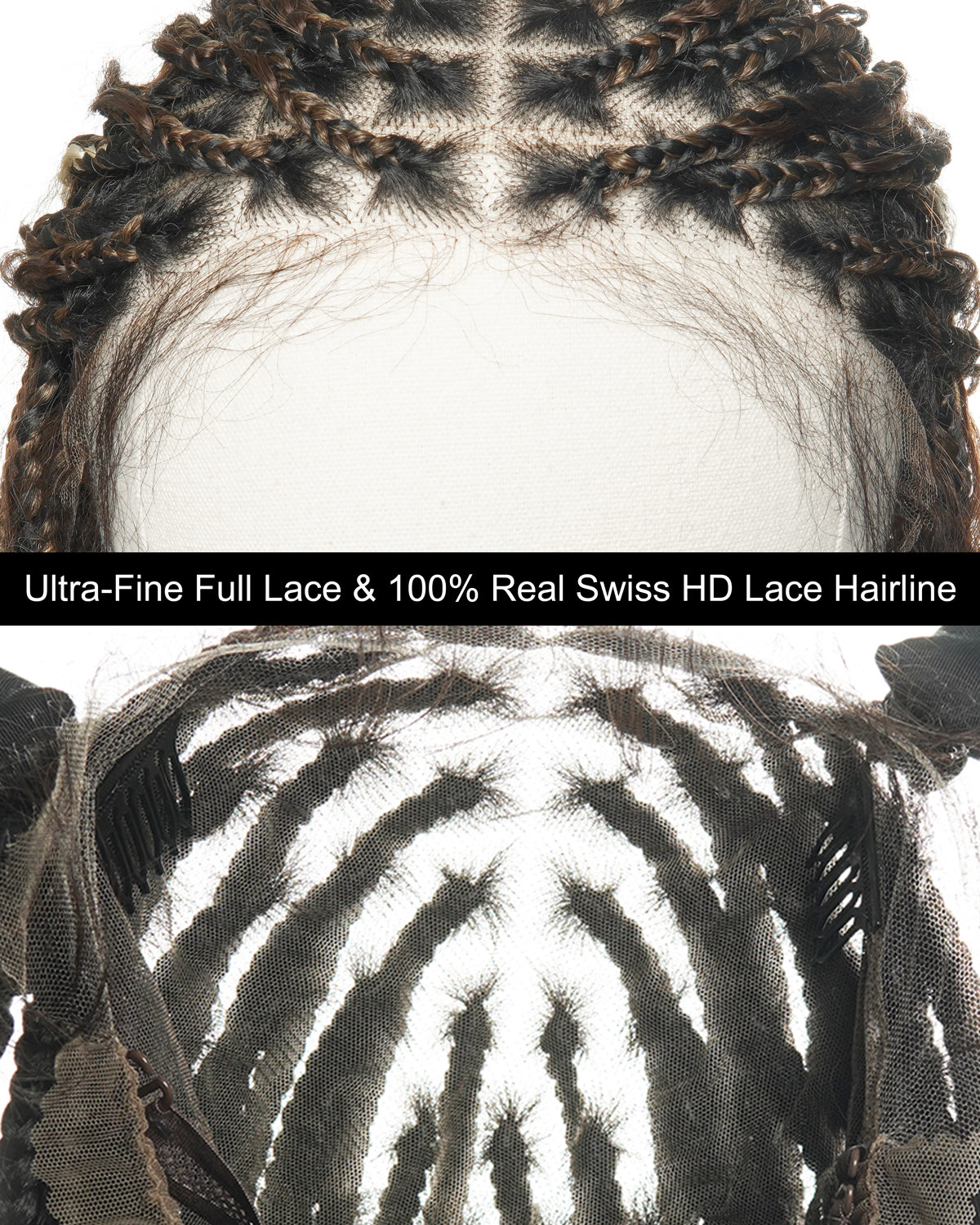
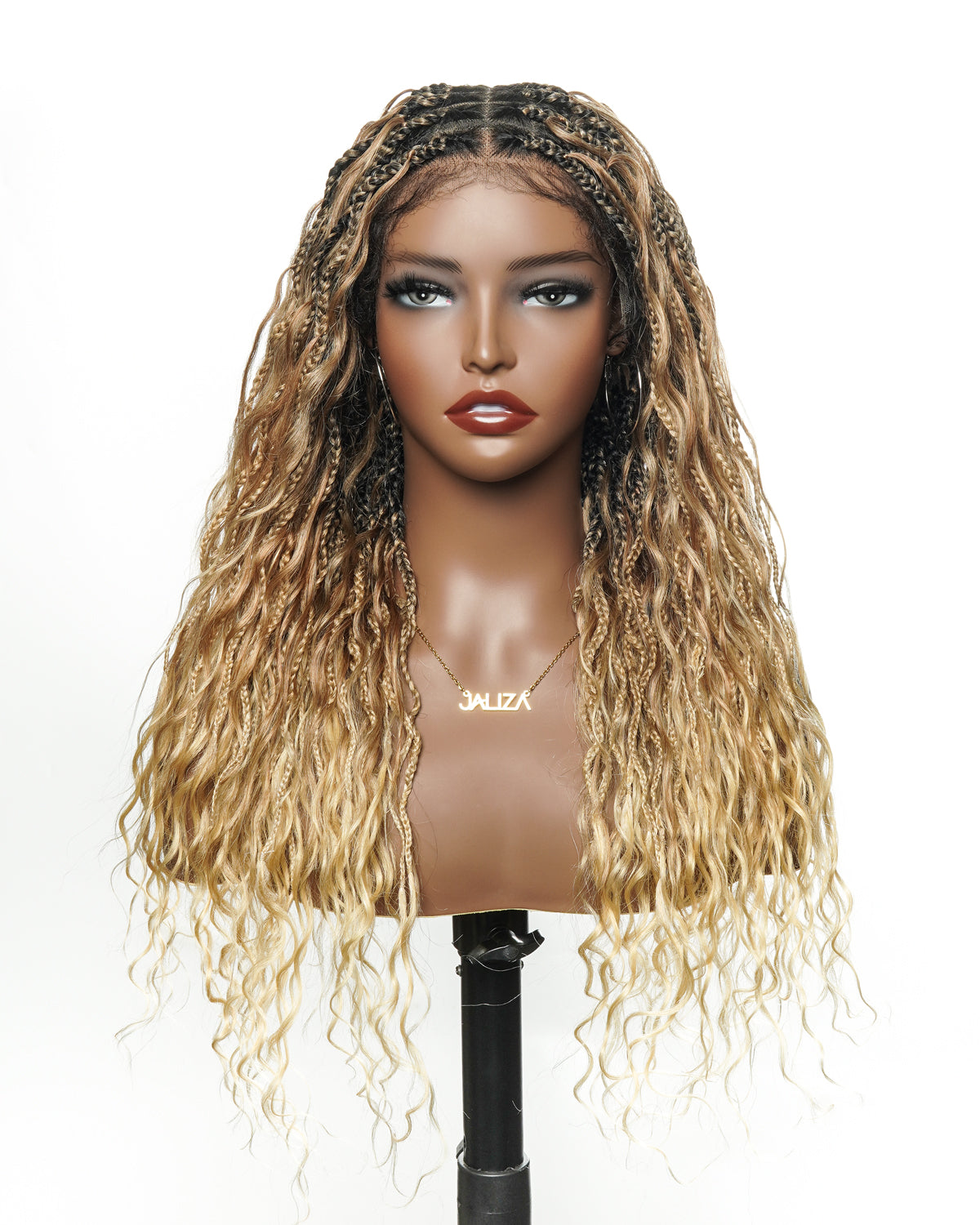



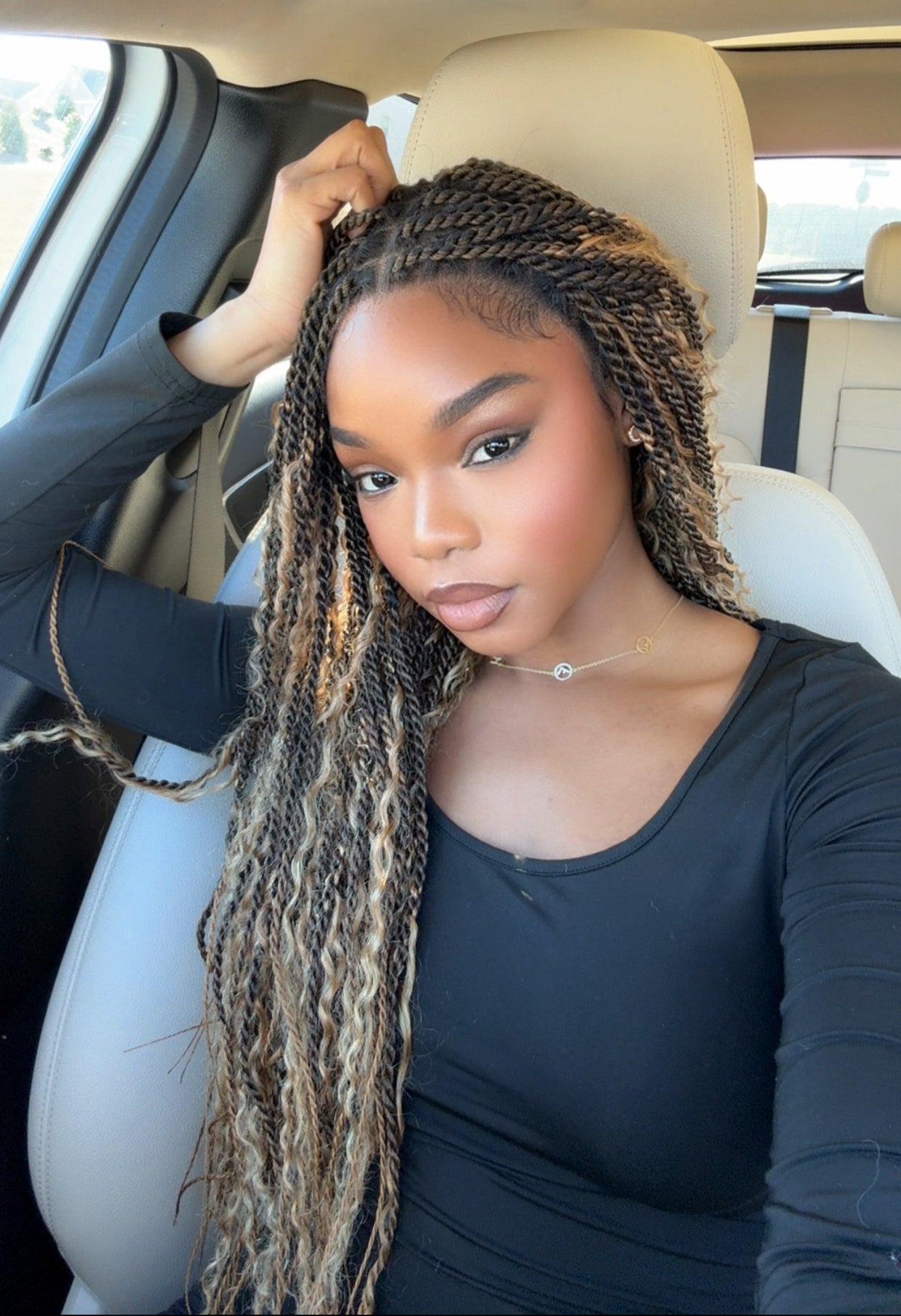

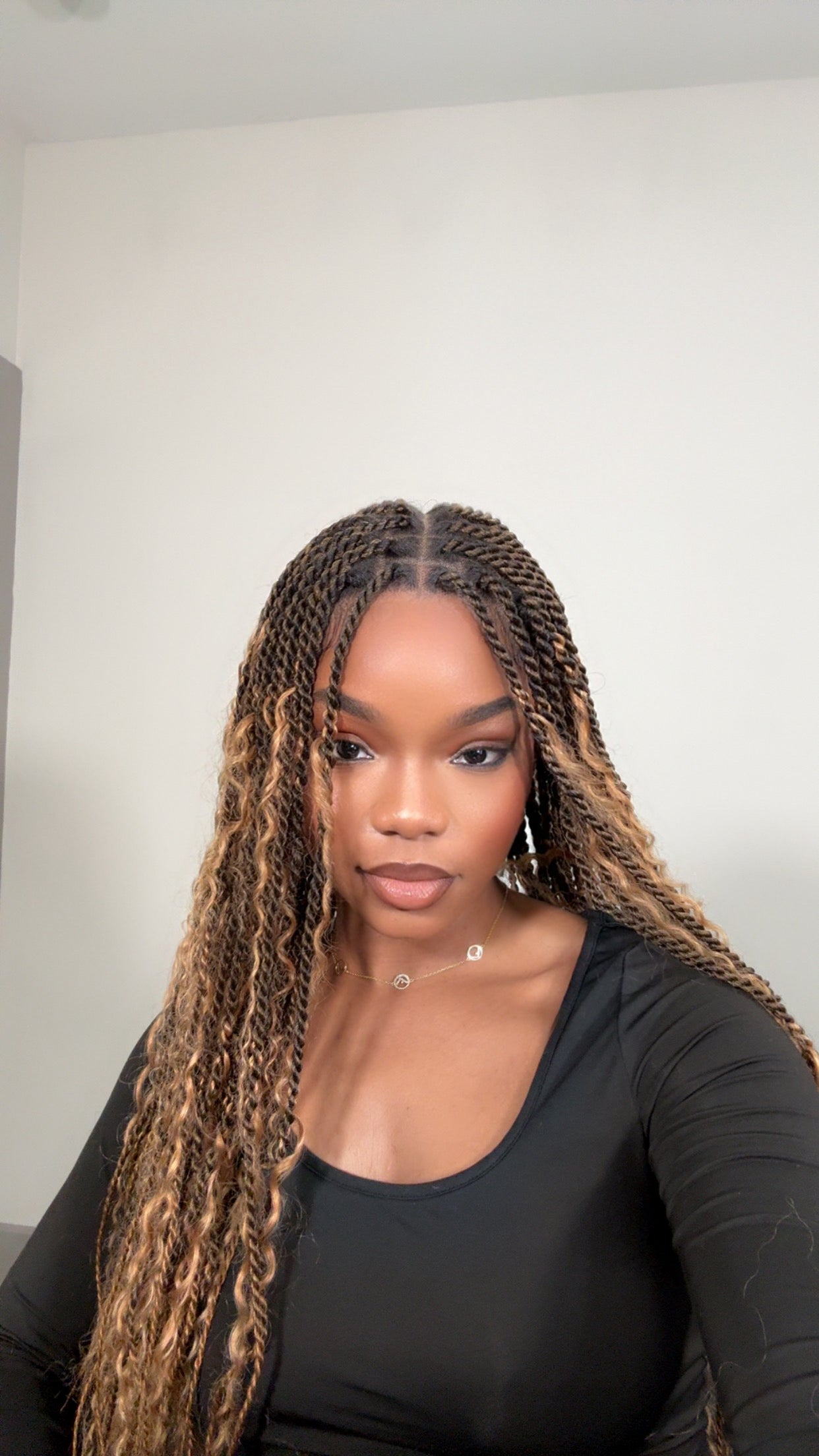

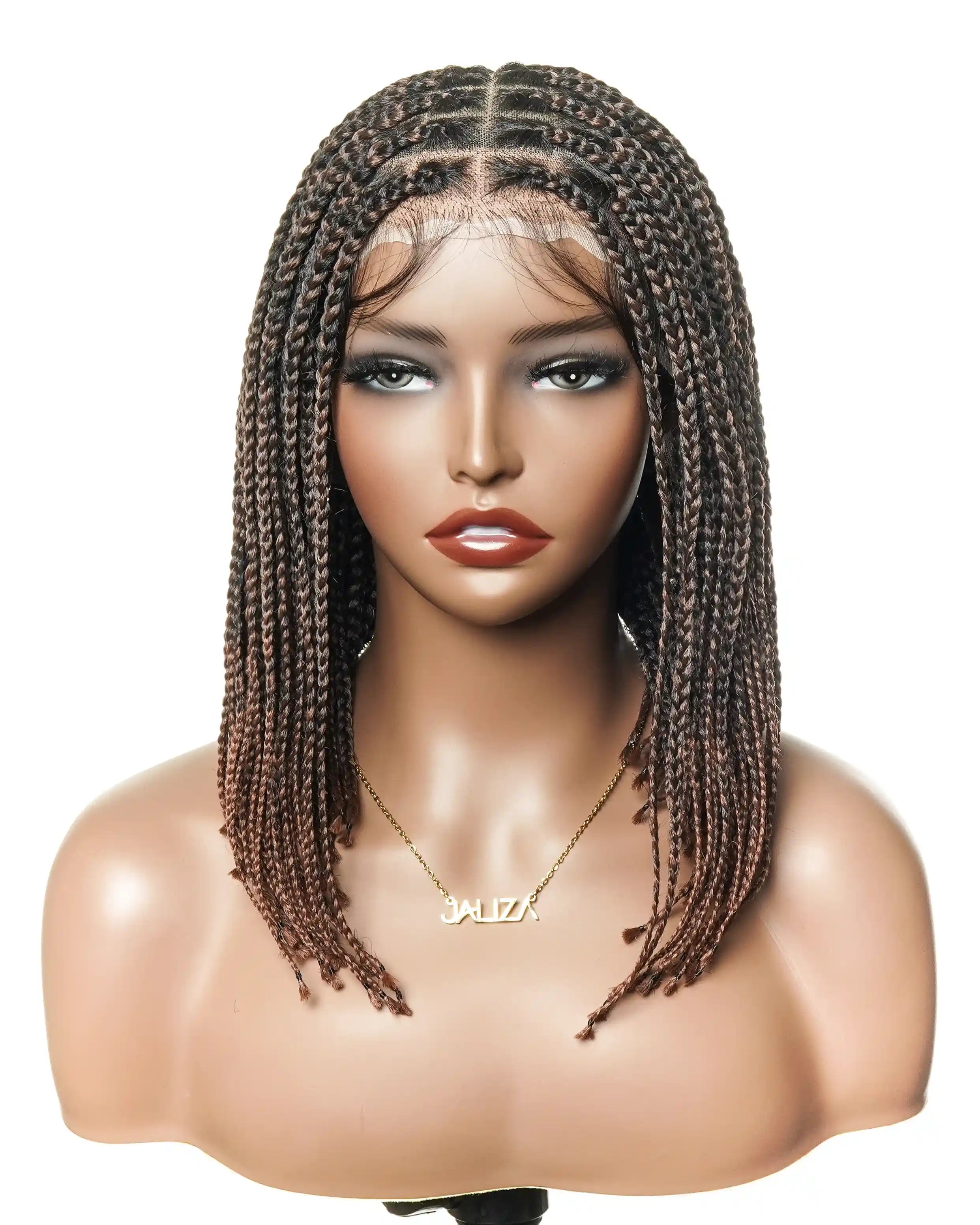
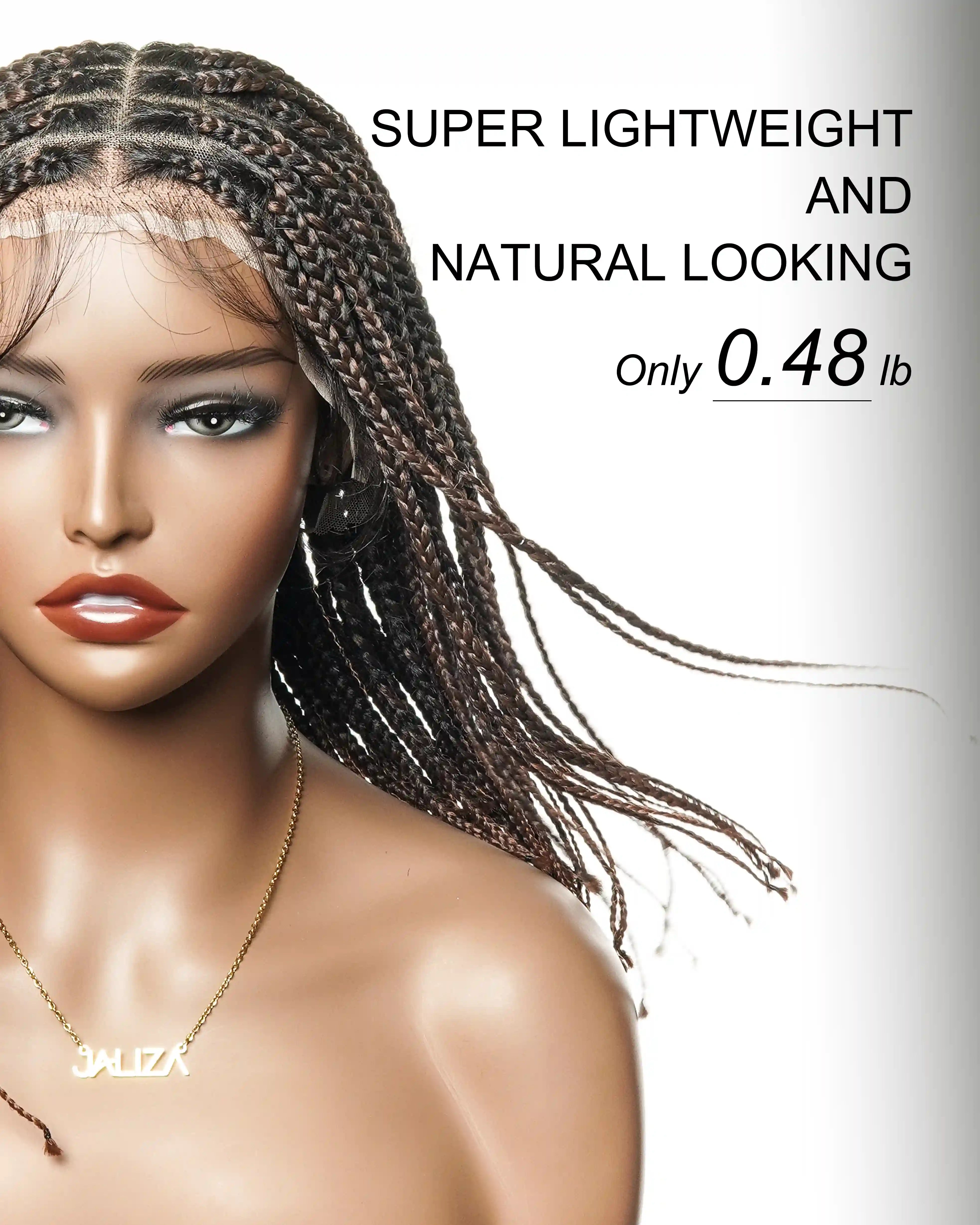
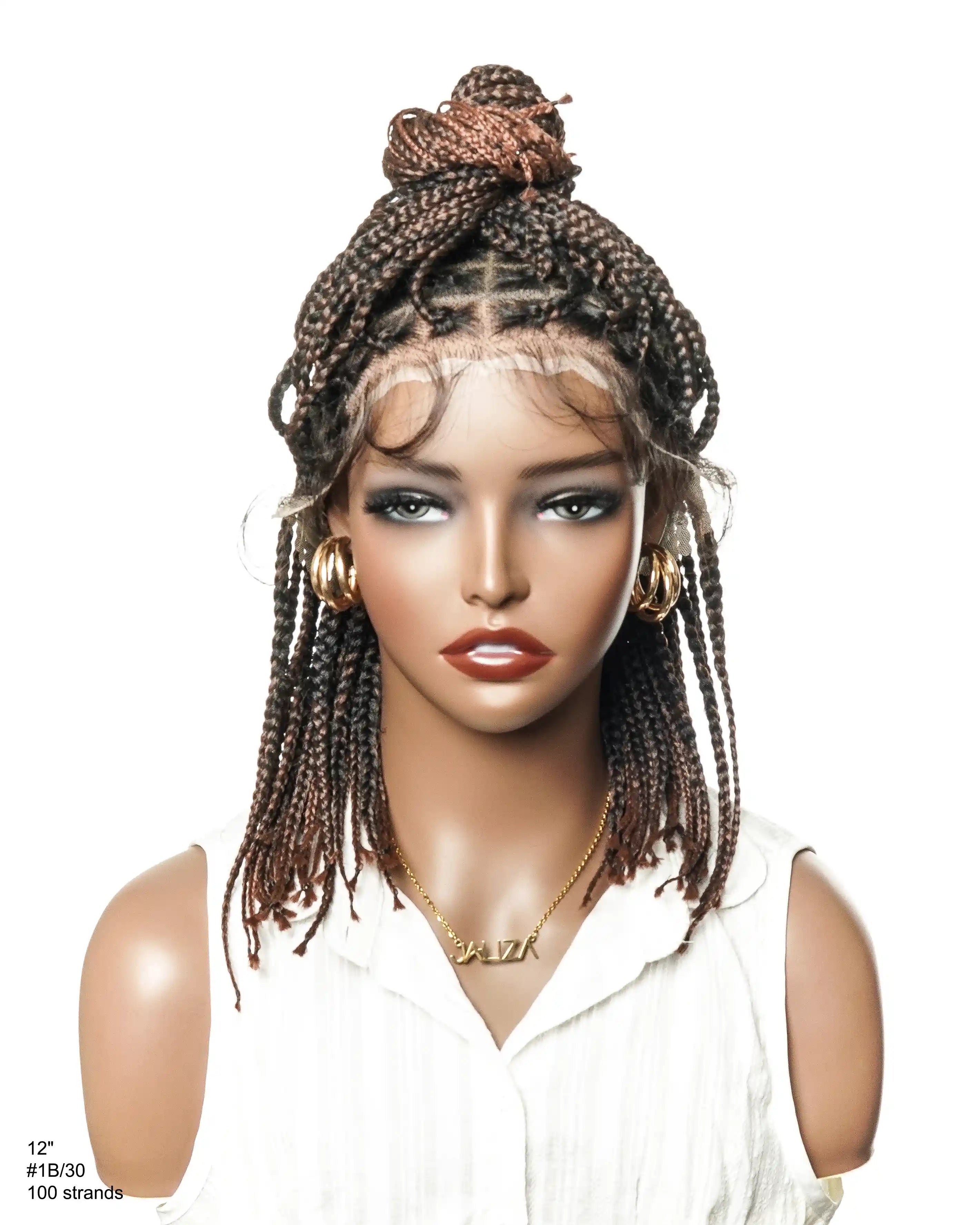
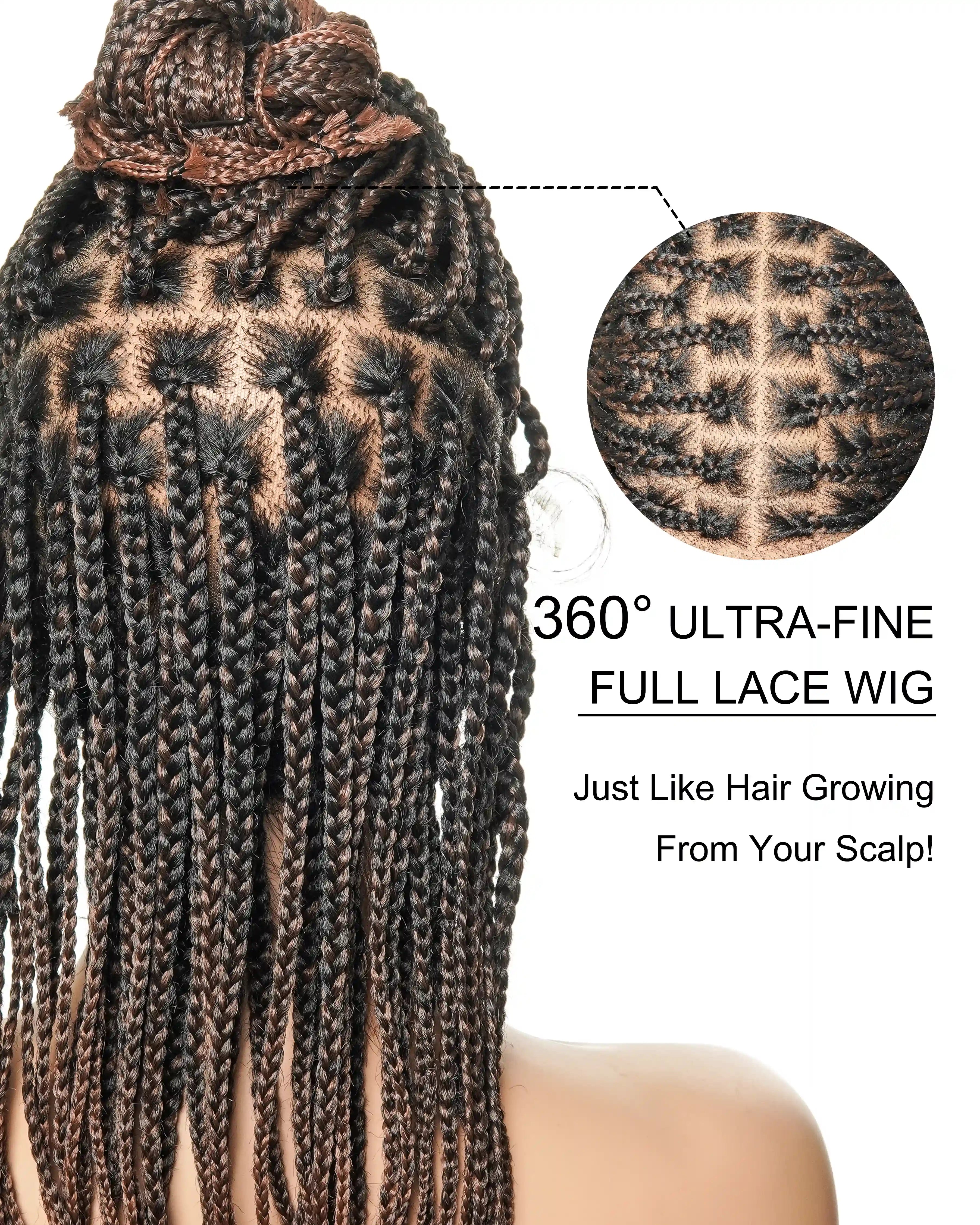
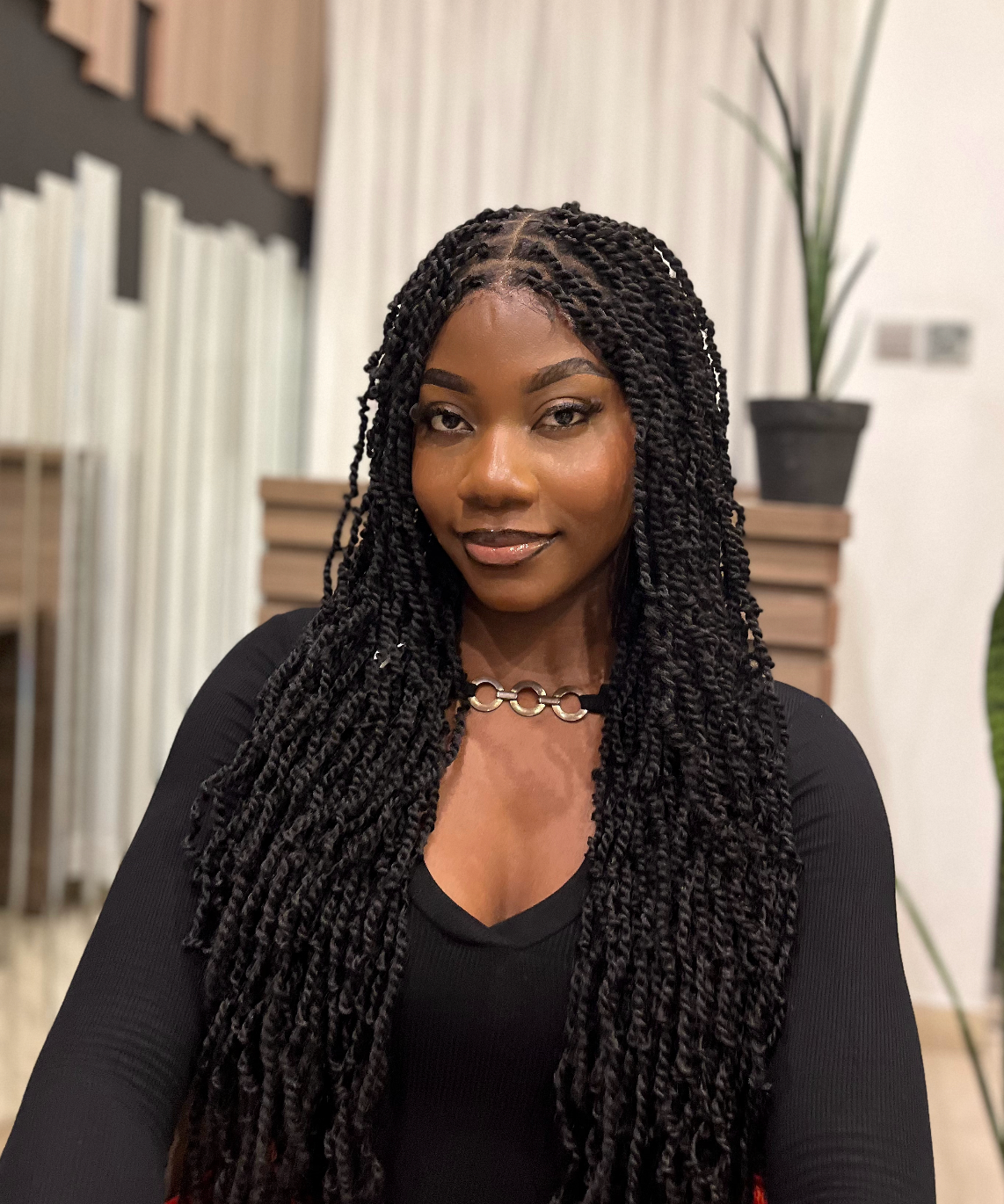



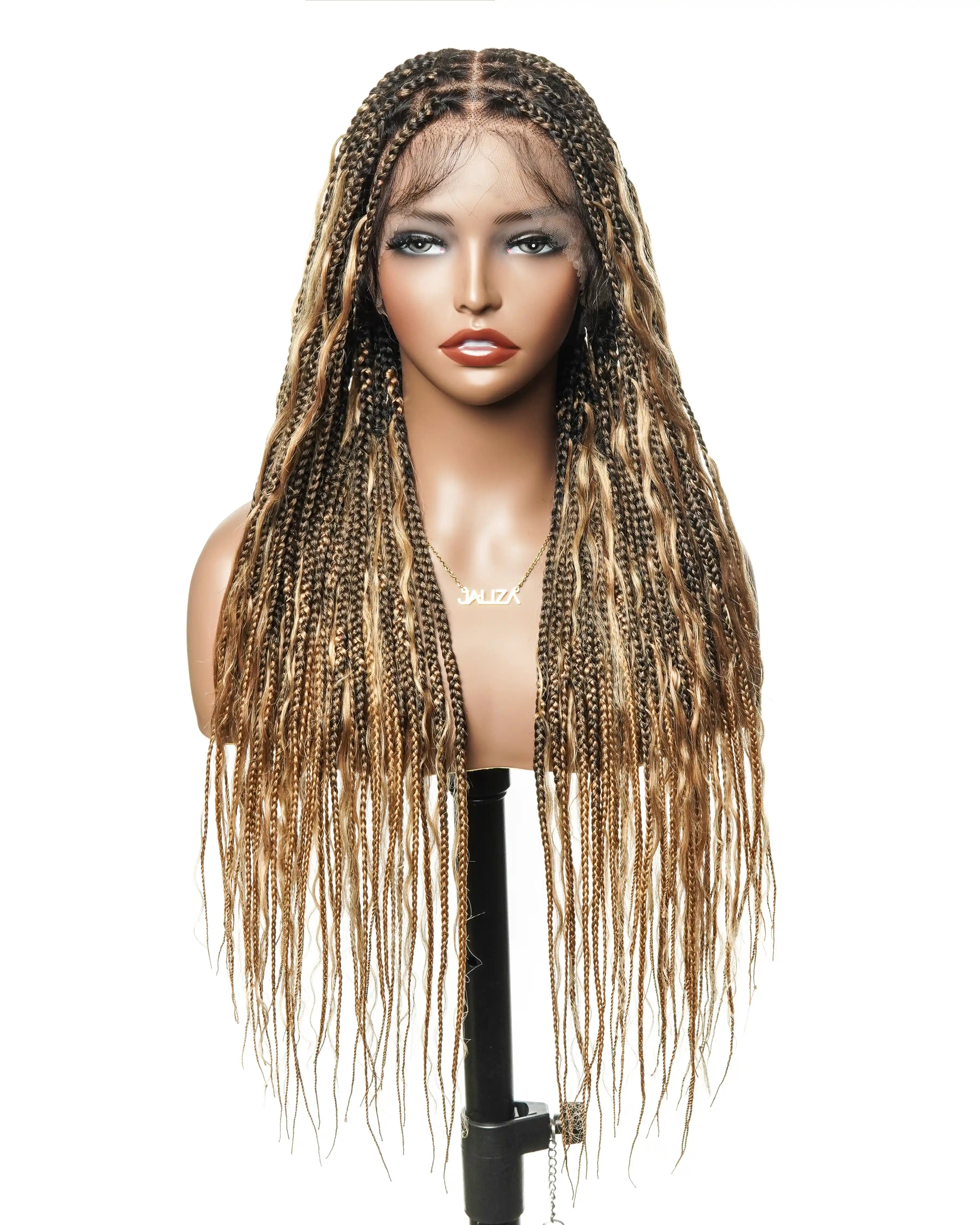
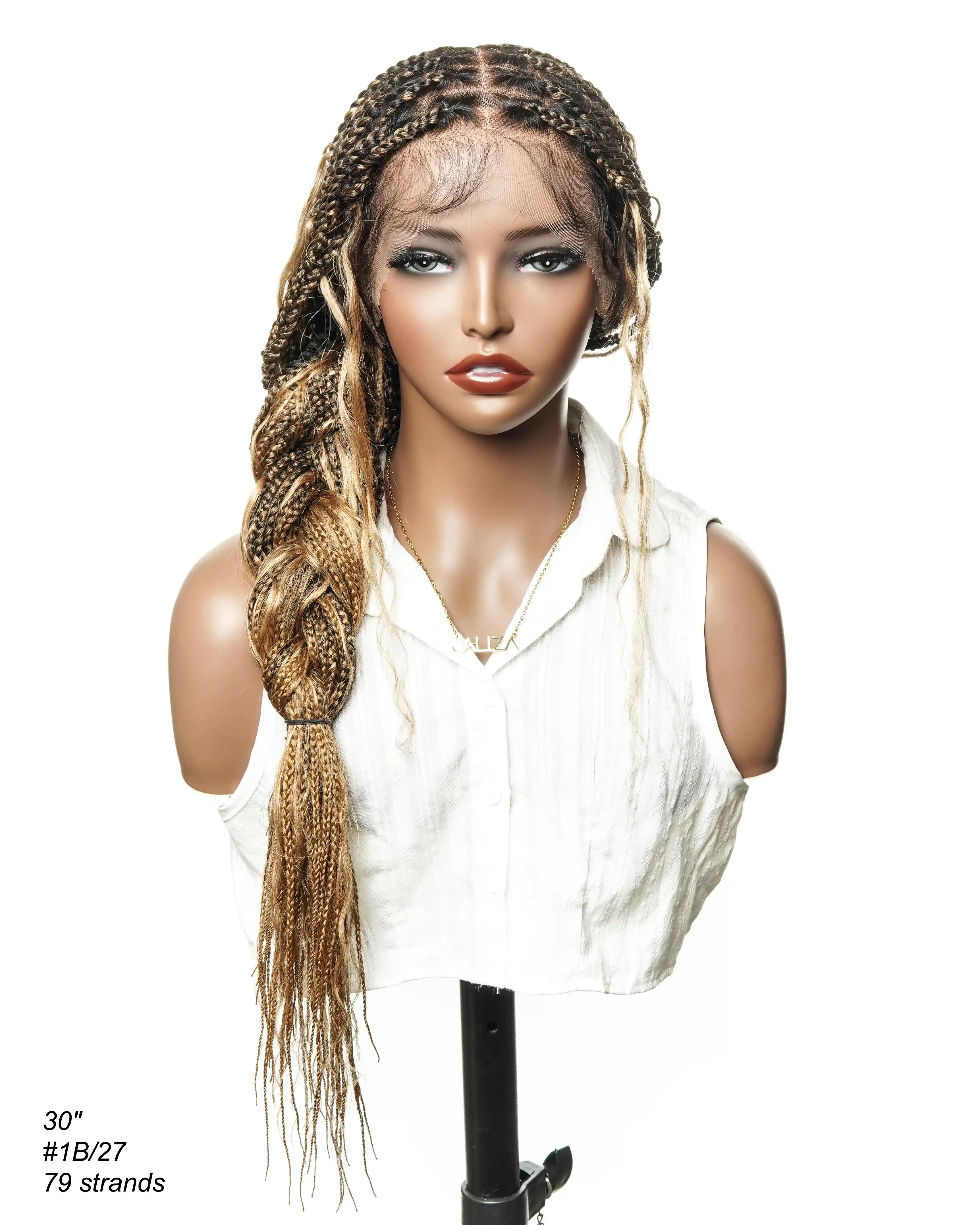
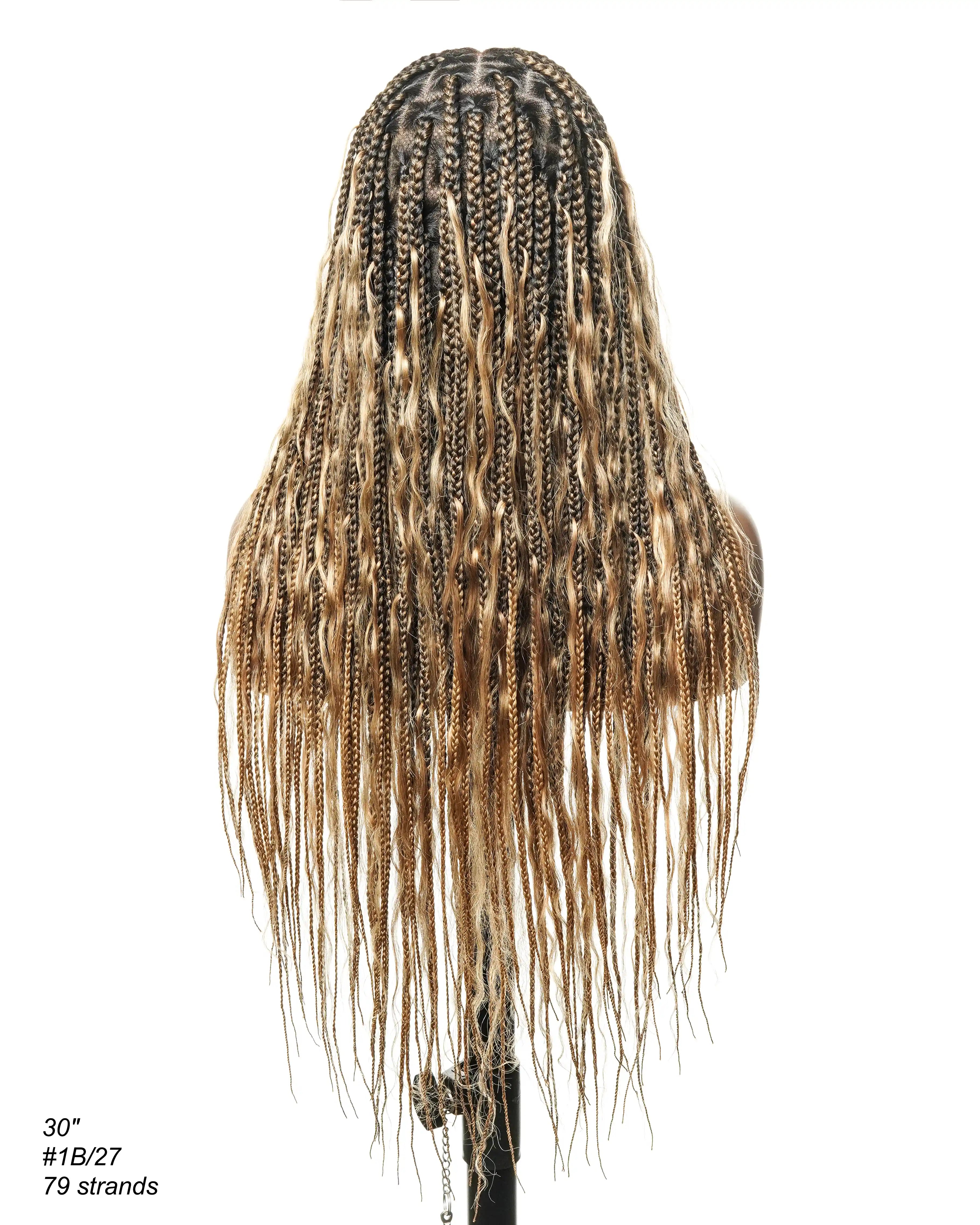
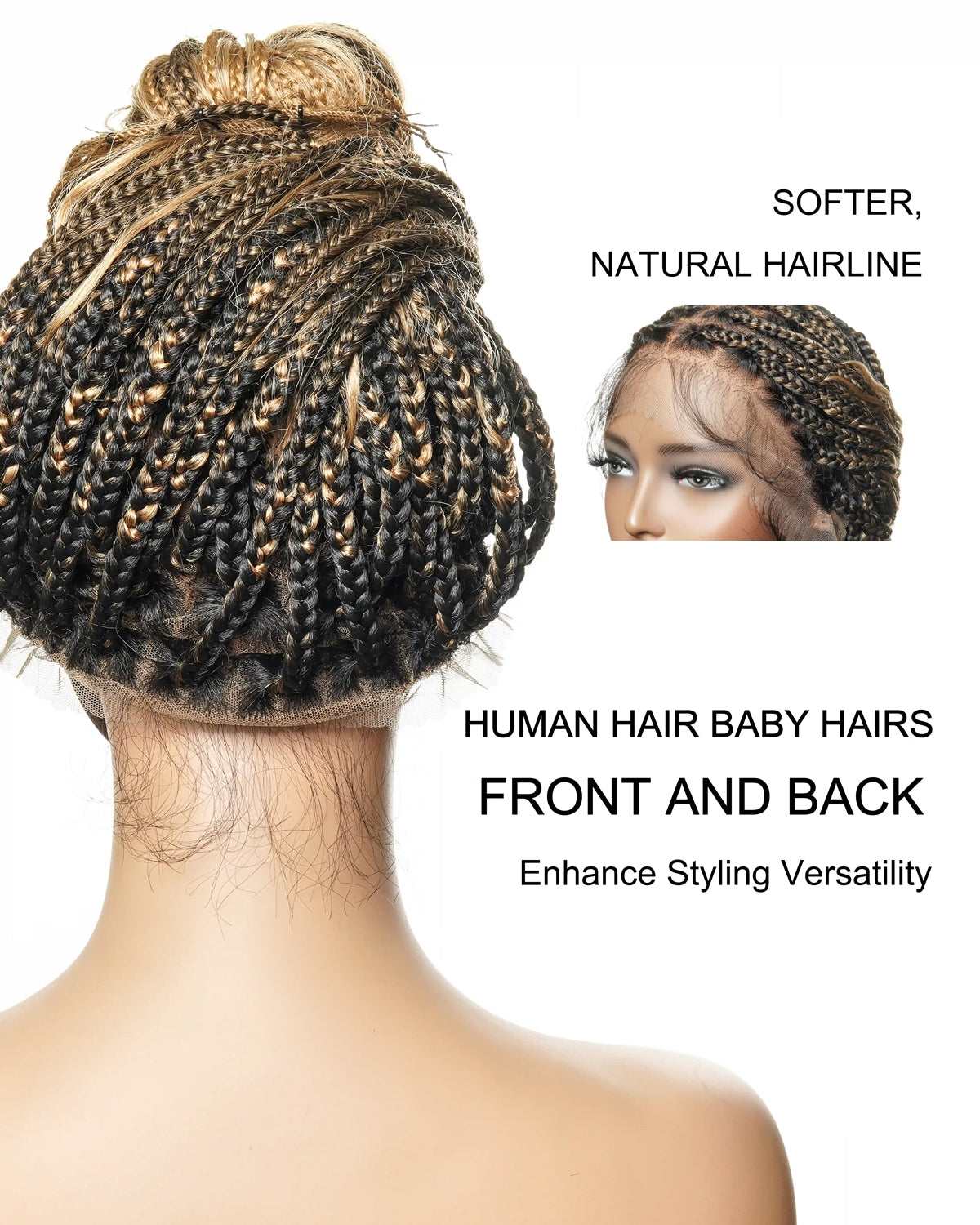
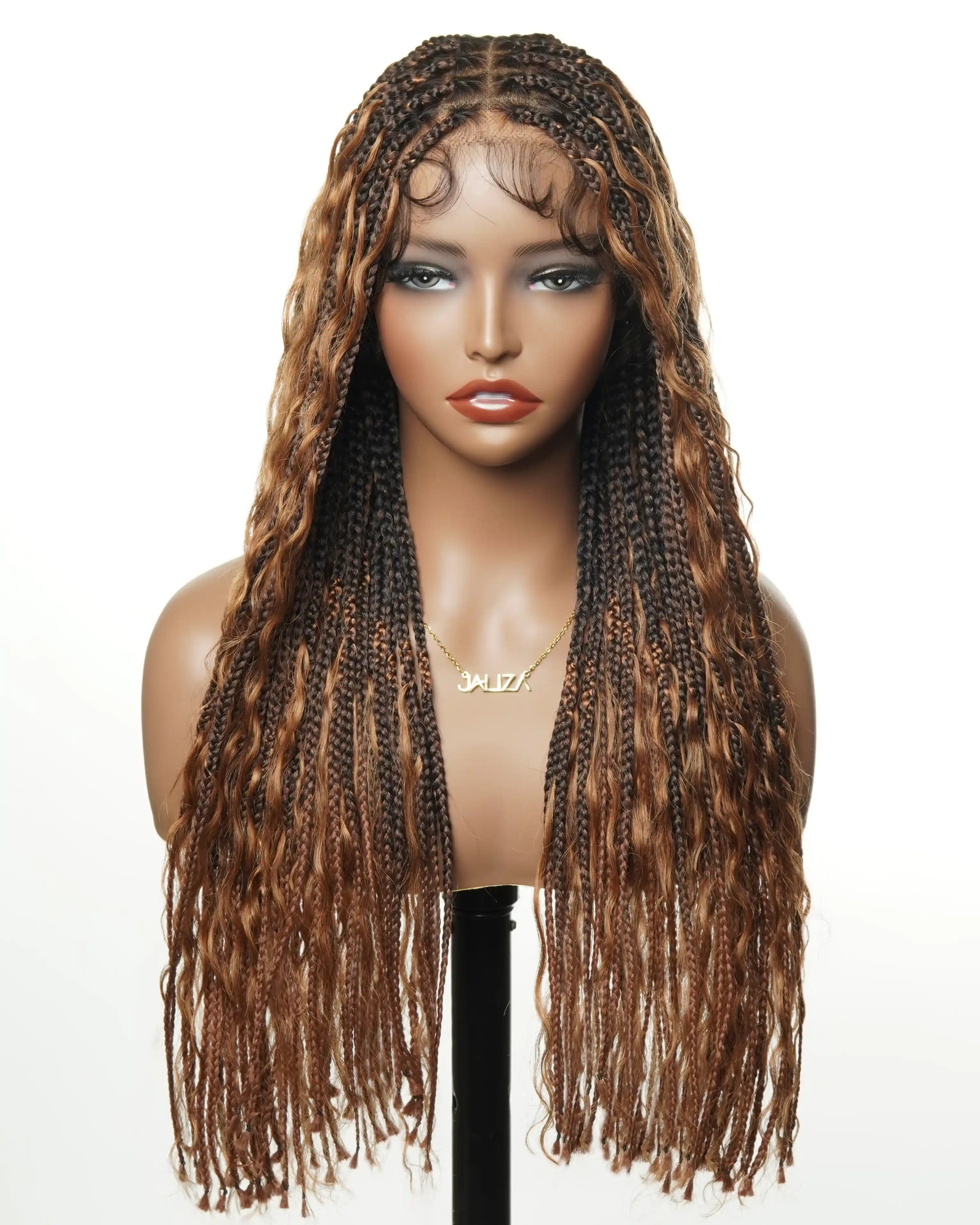
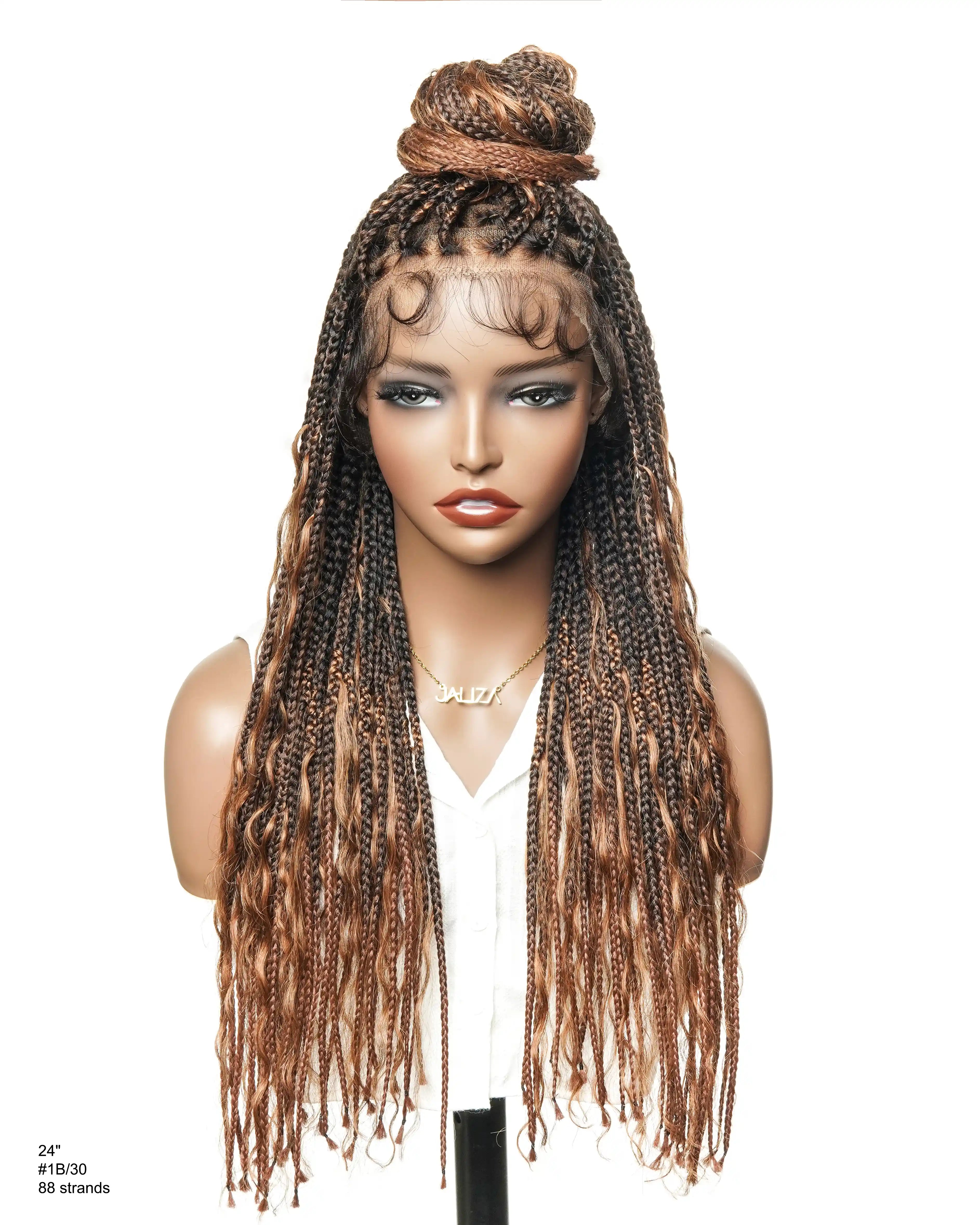
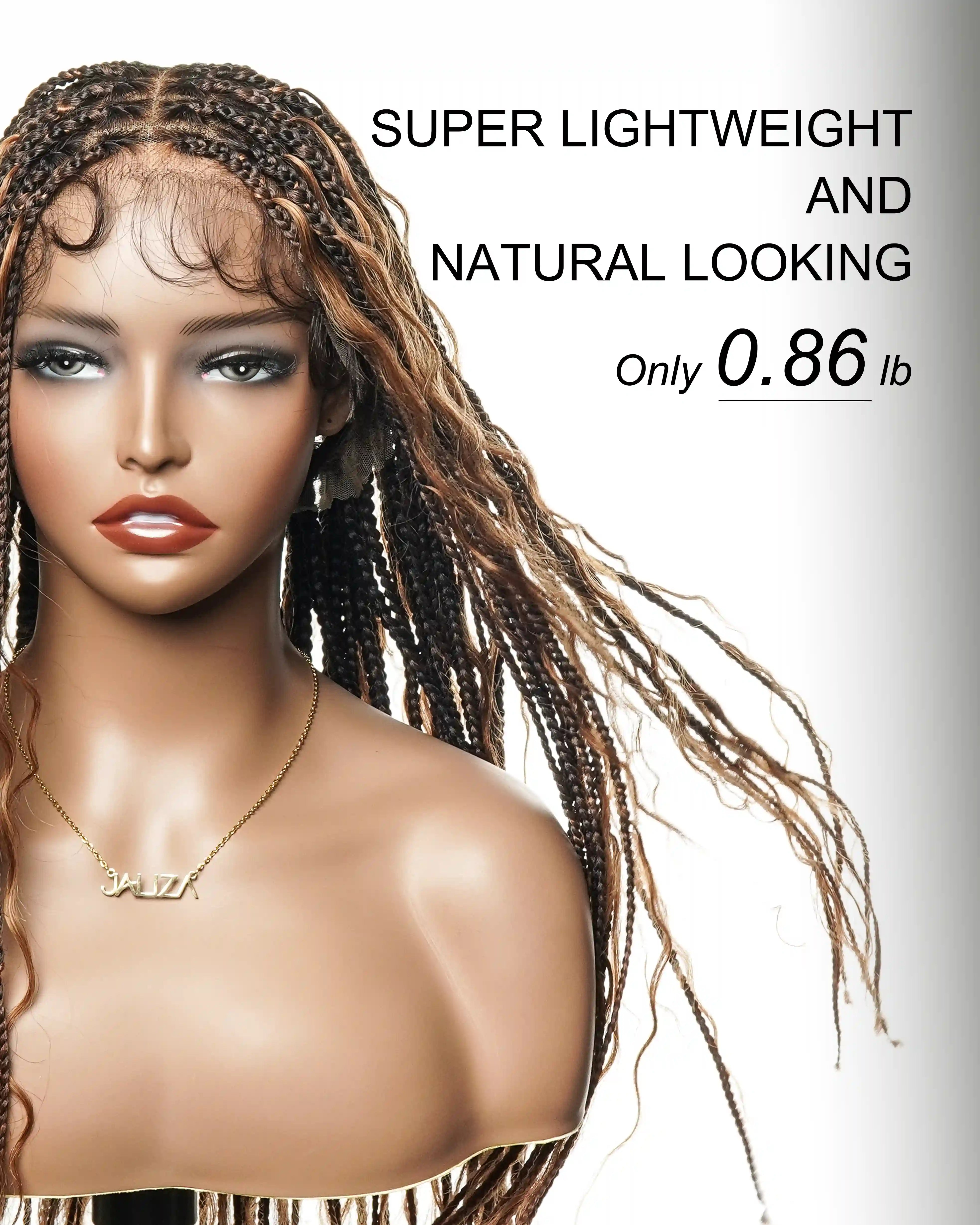
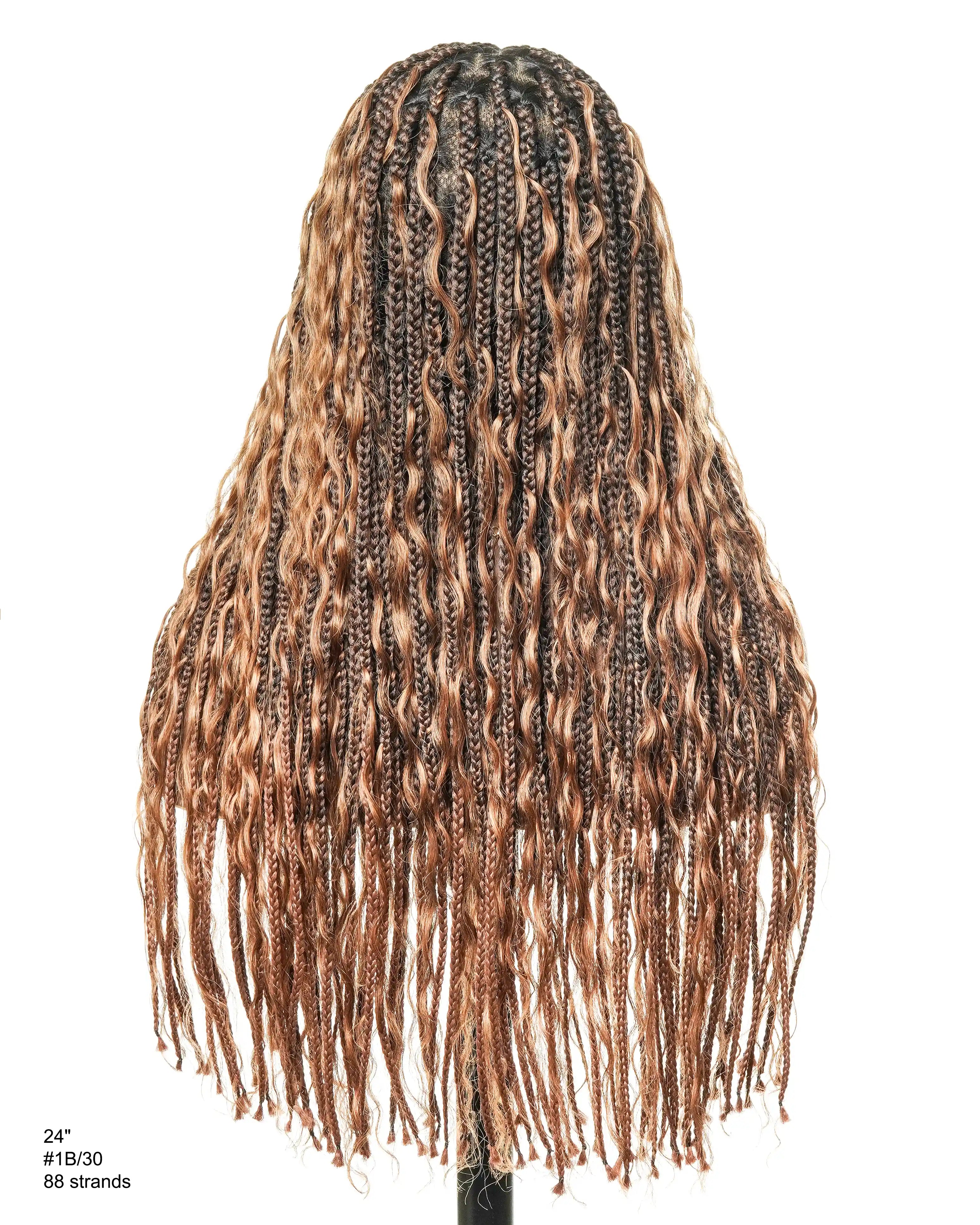
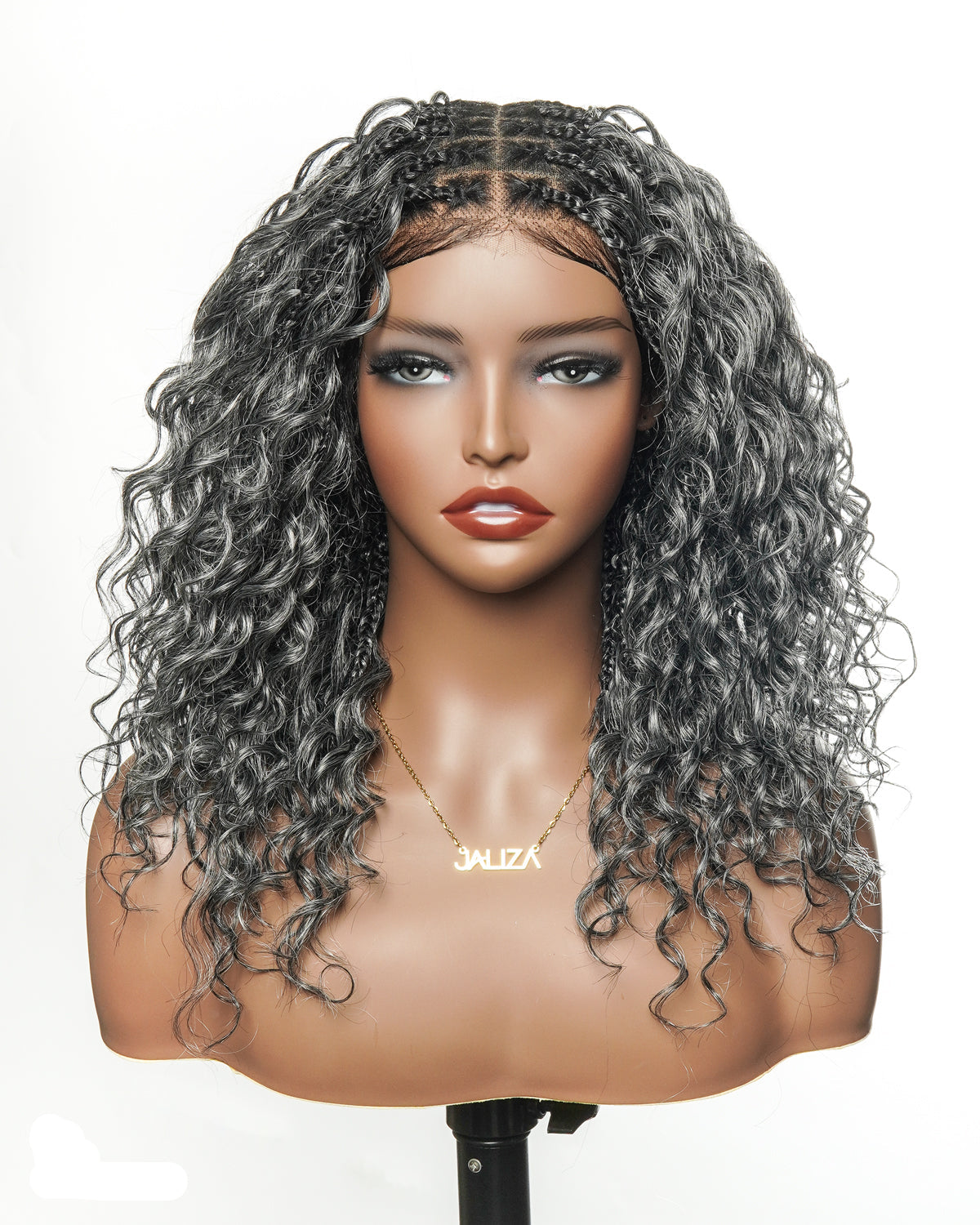
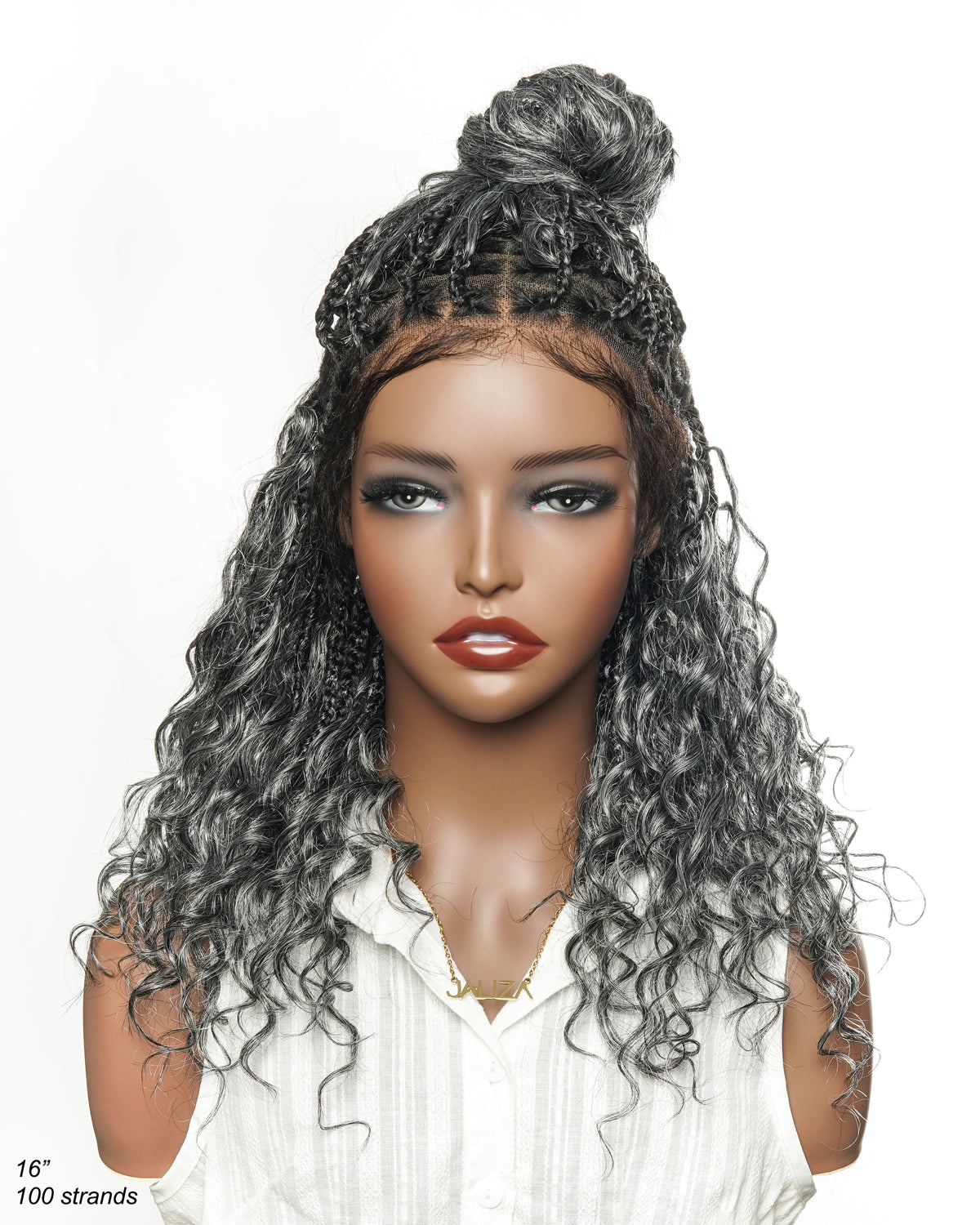
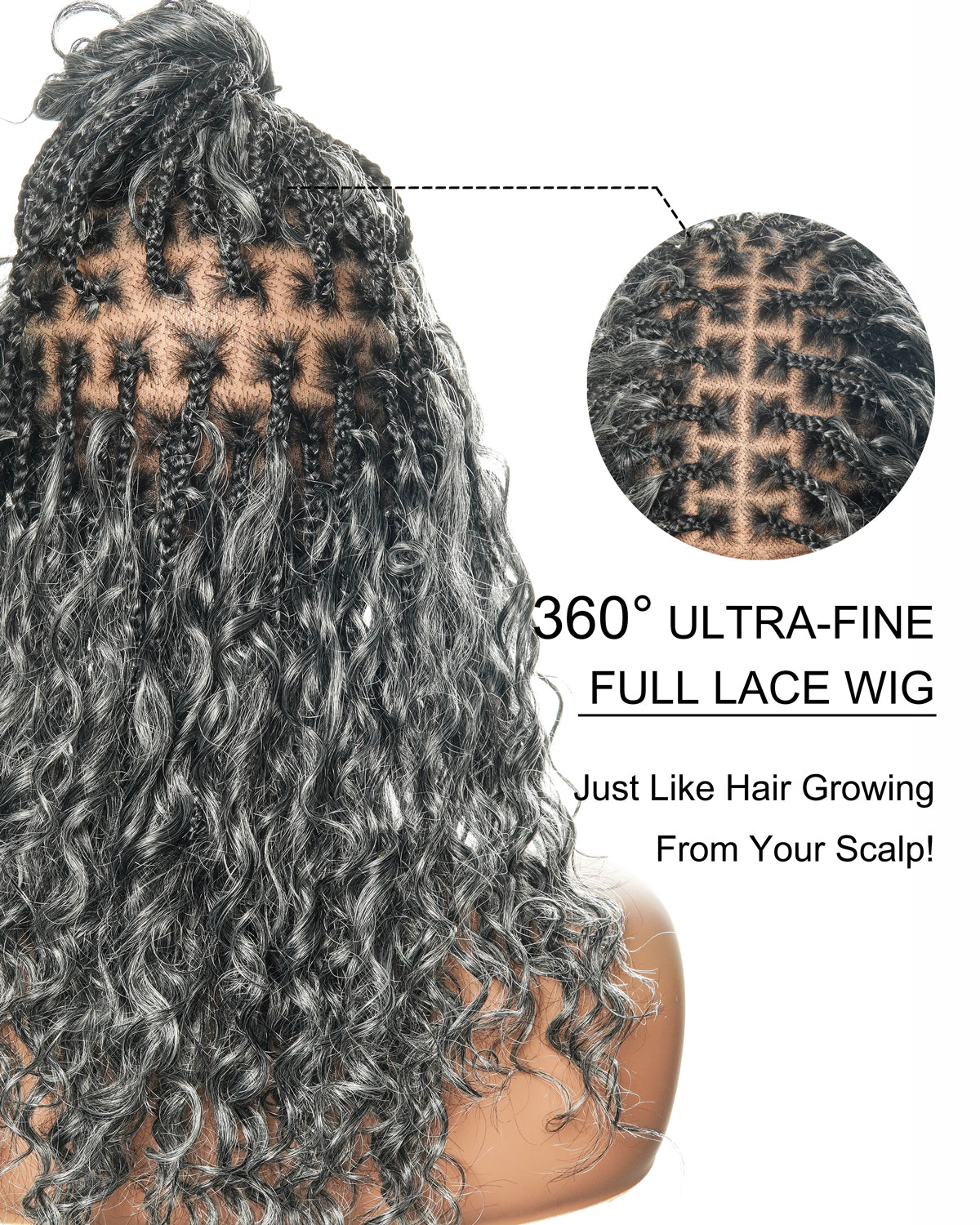
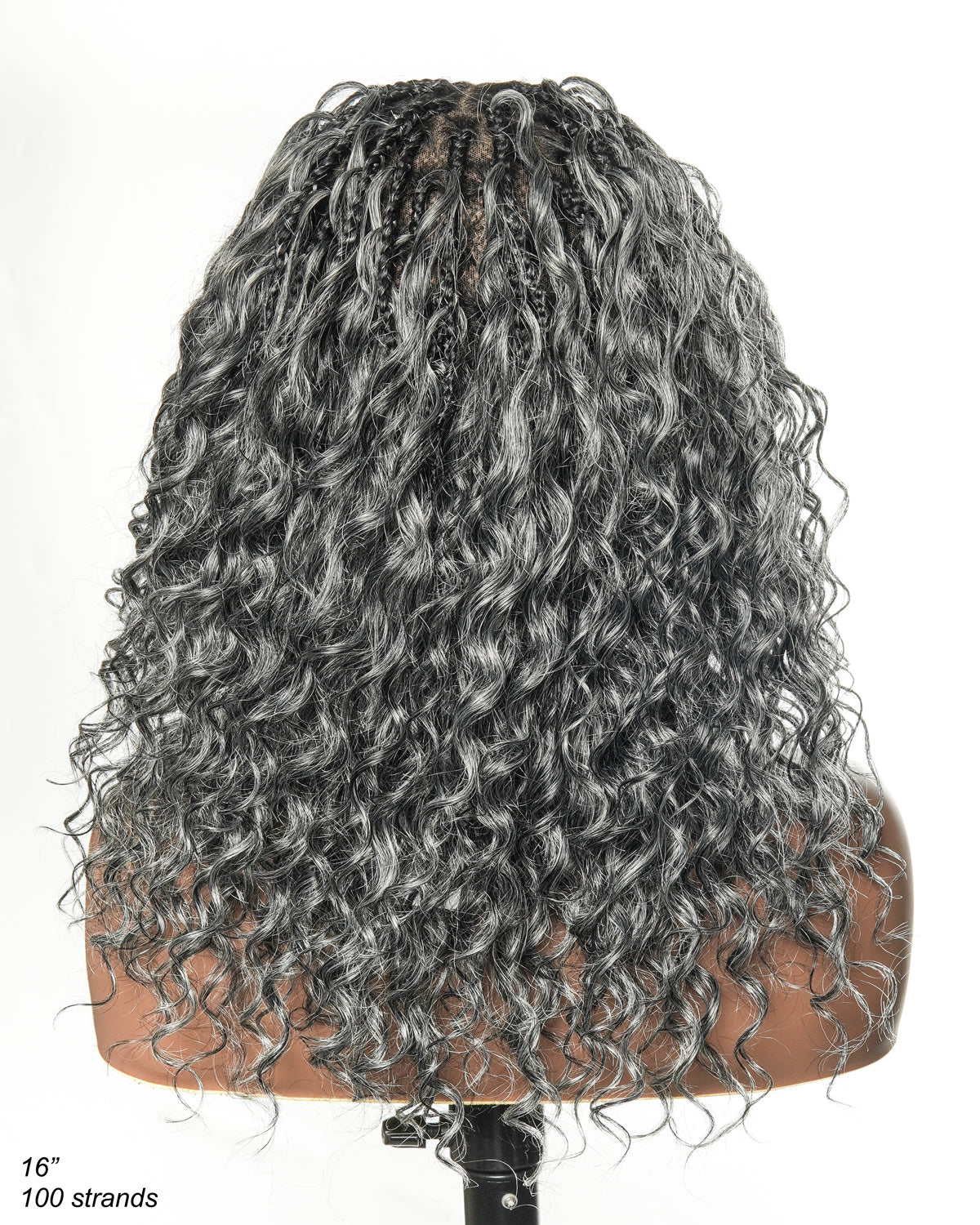
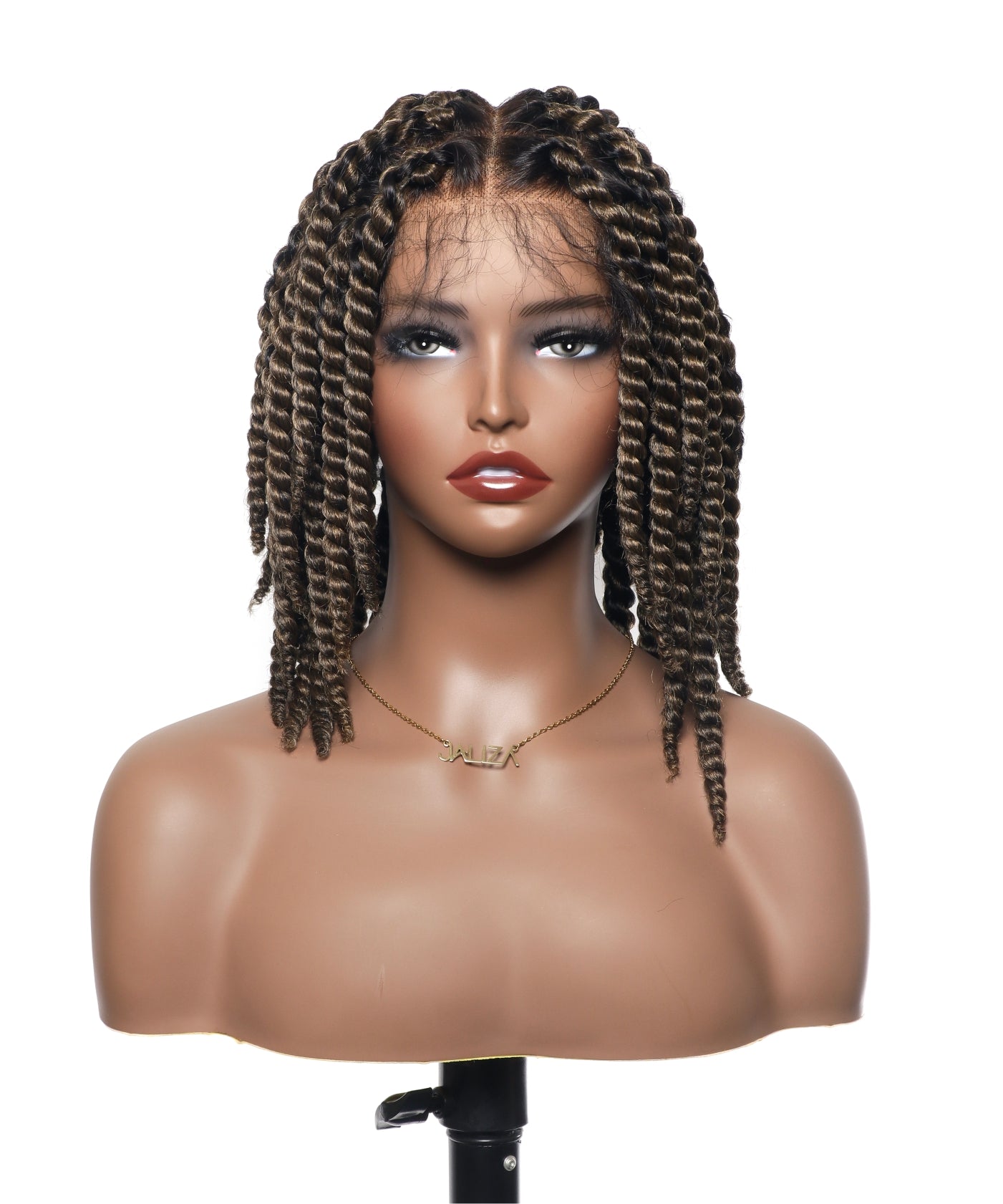
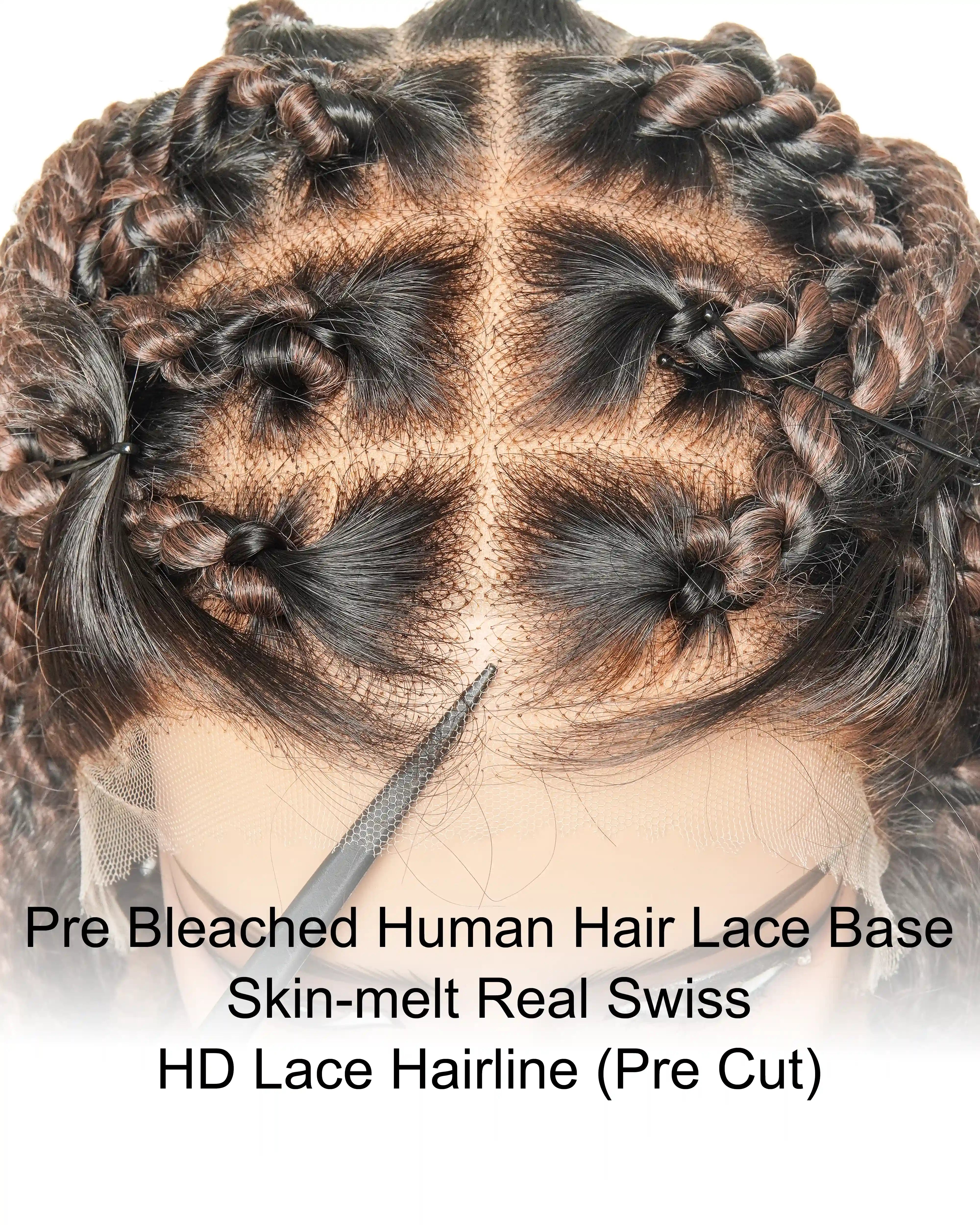
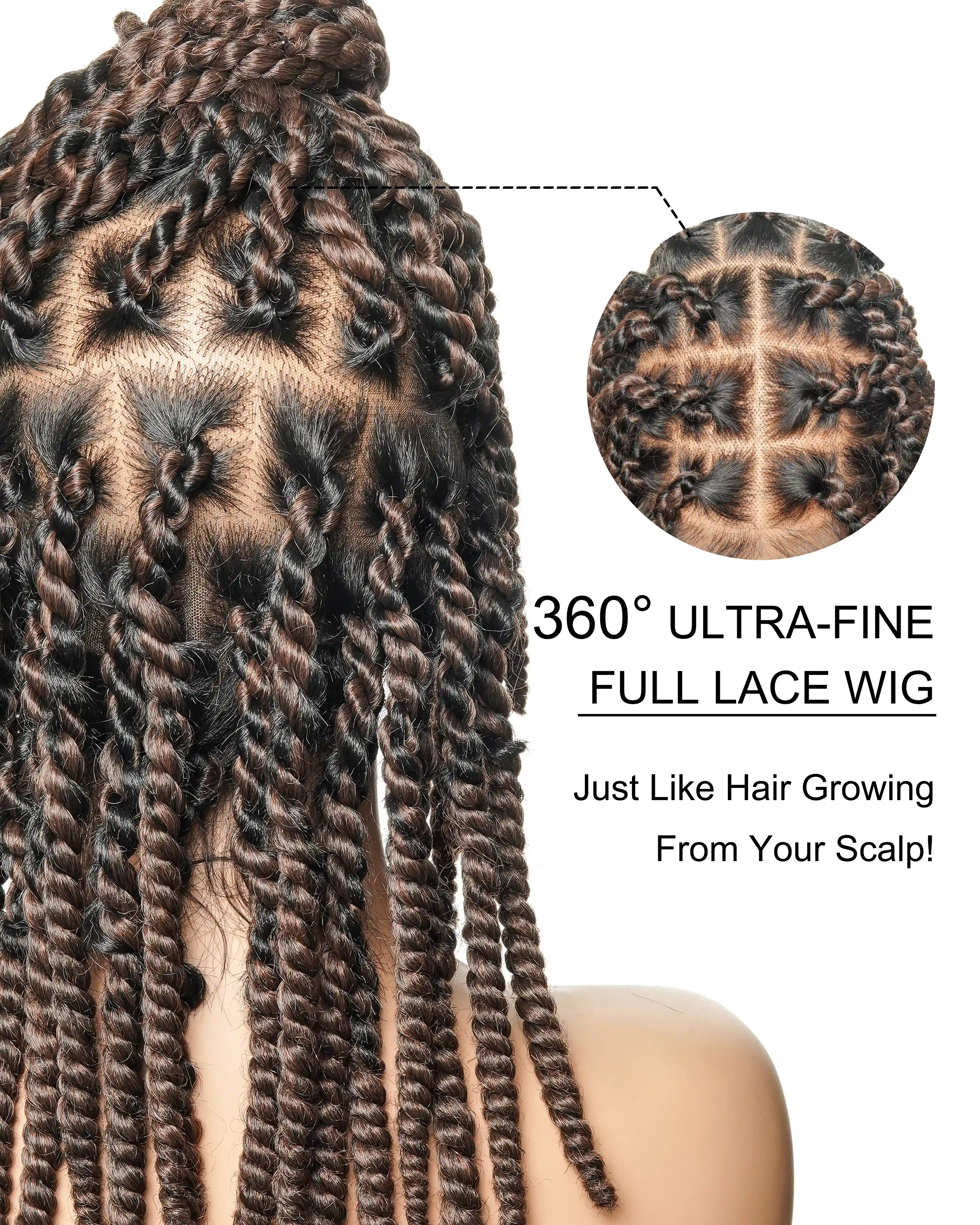
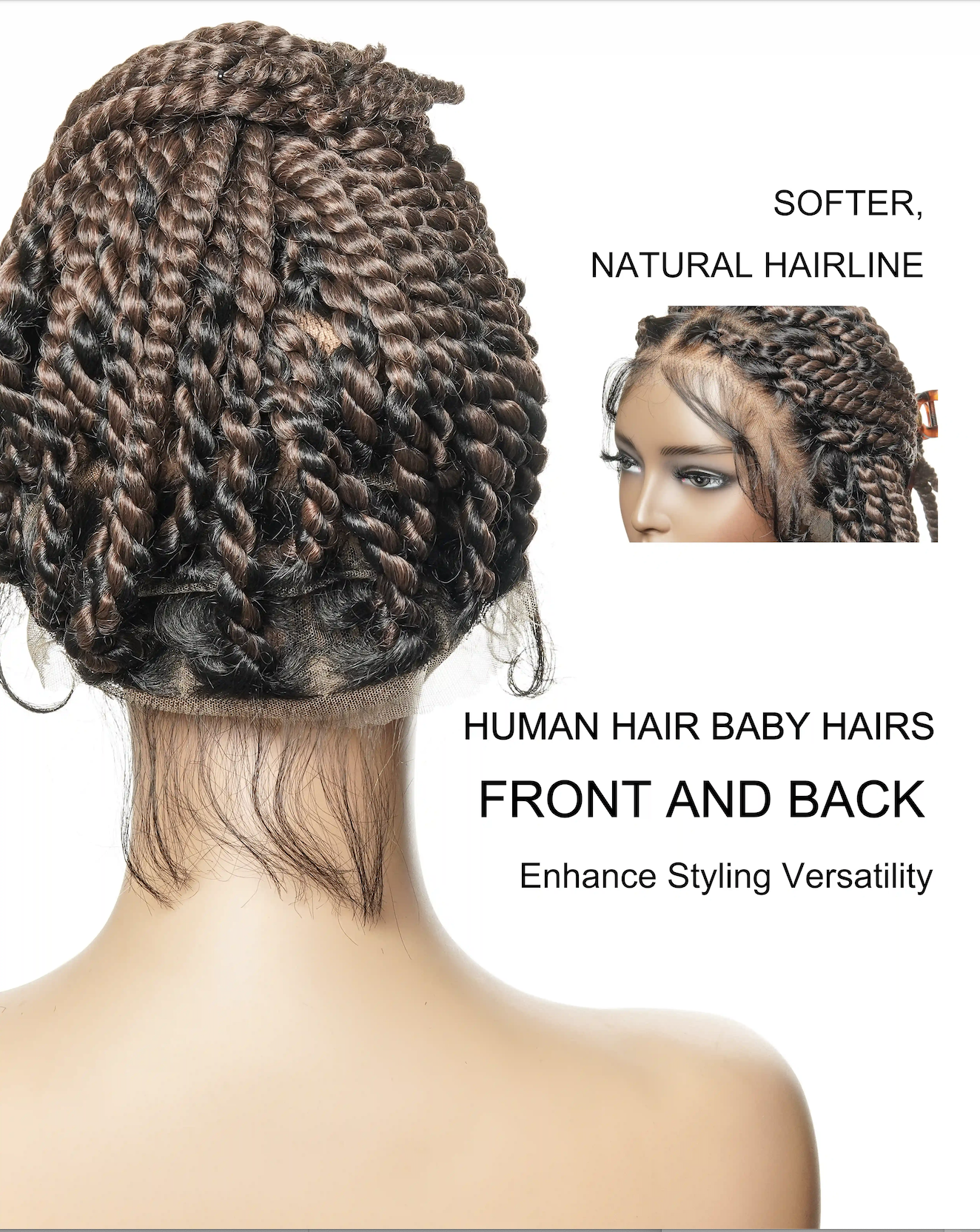
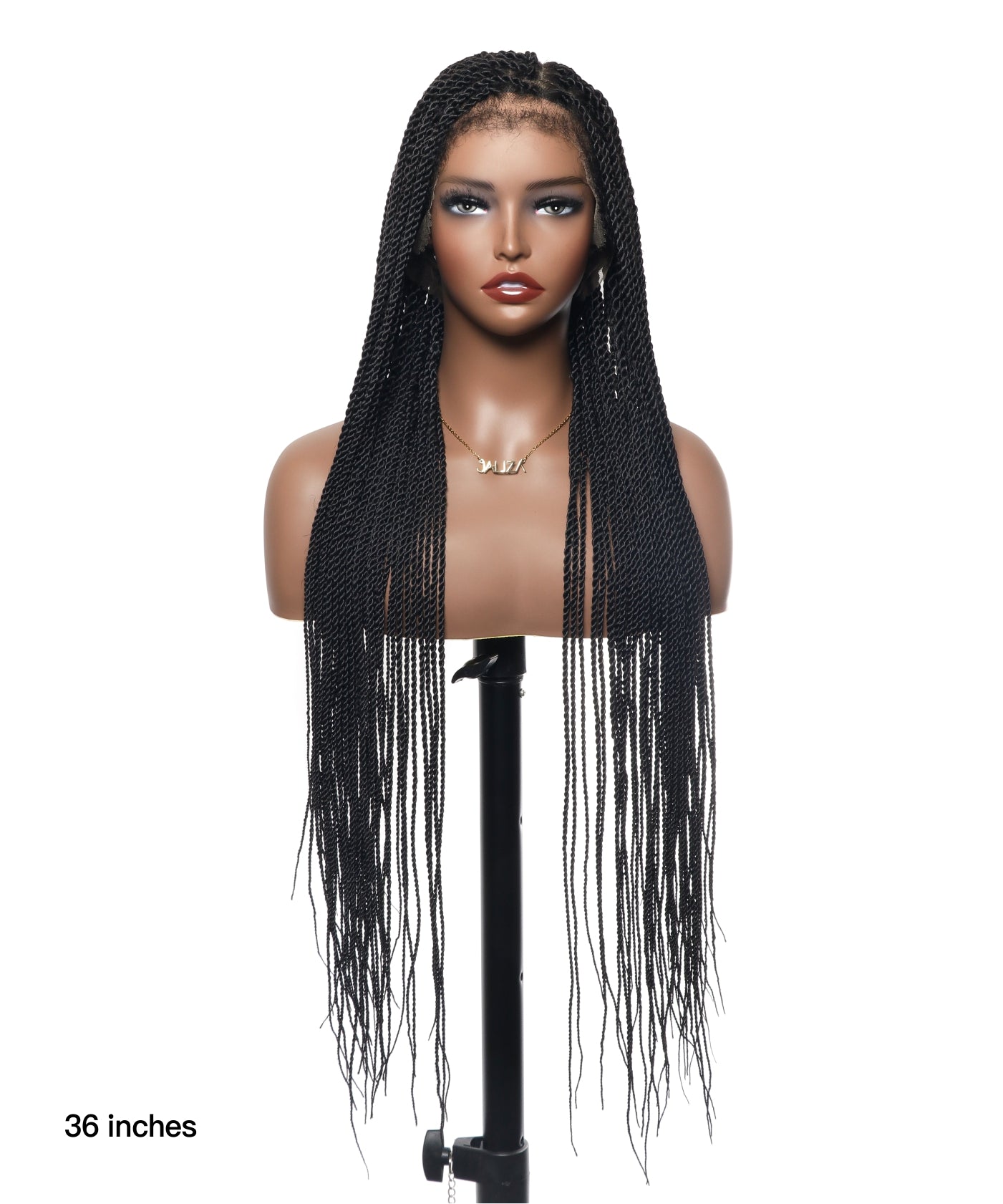
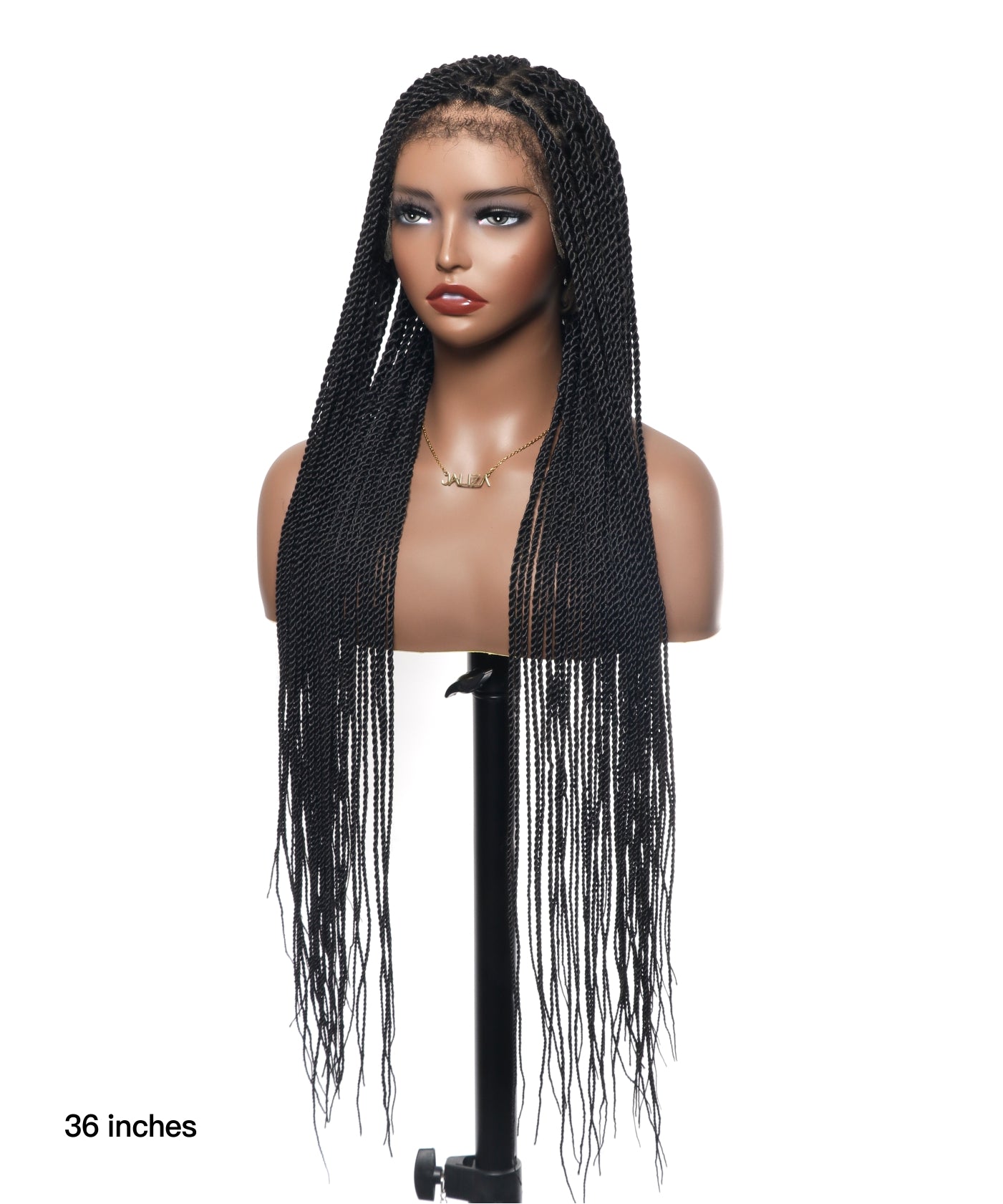
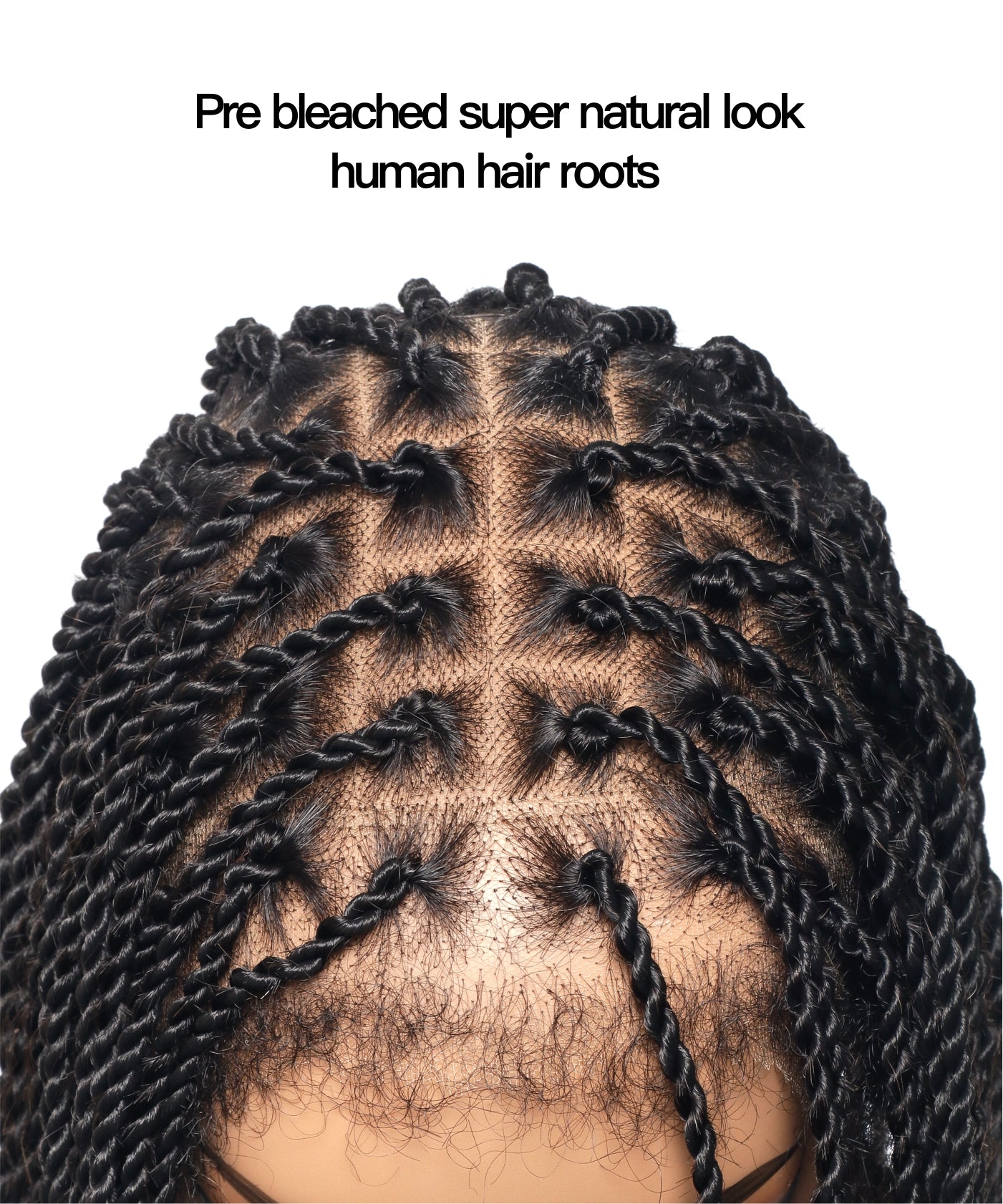
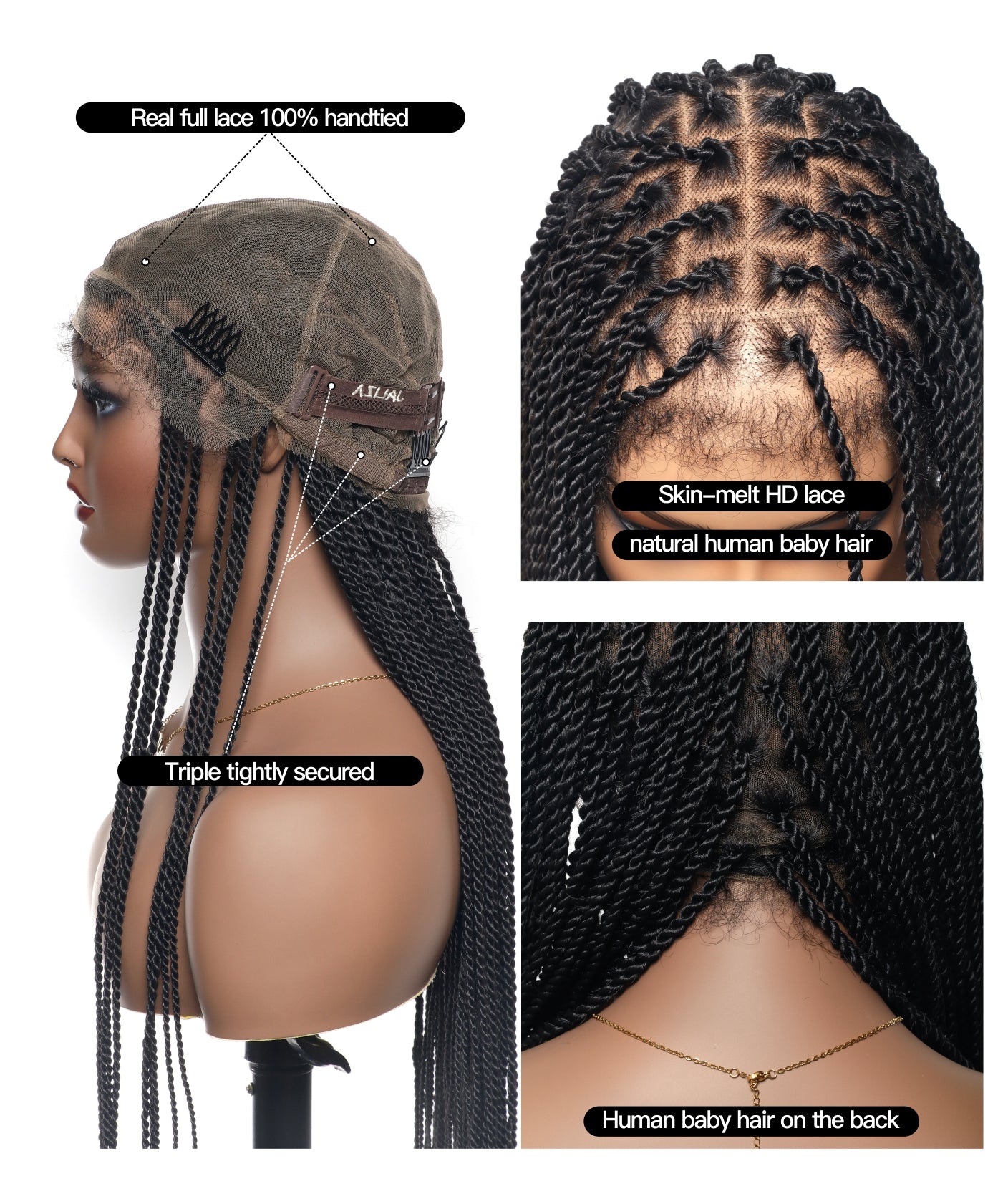
Share:
Recognizing the Differences Between Sisterlocks, Faux Locs, and Traditional Locs
50 Trendy Natural Hairstyles for Black Women